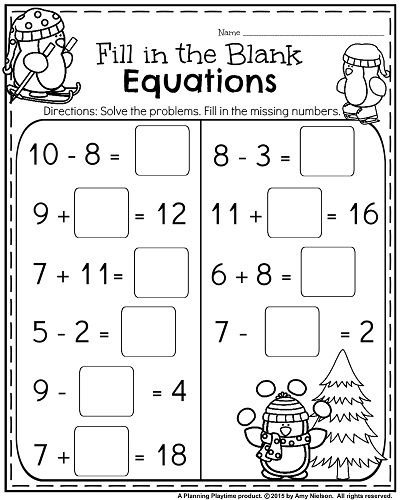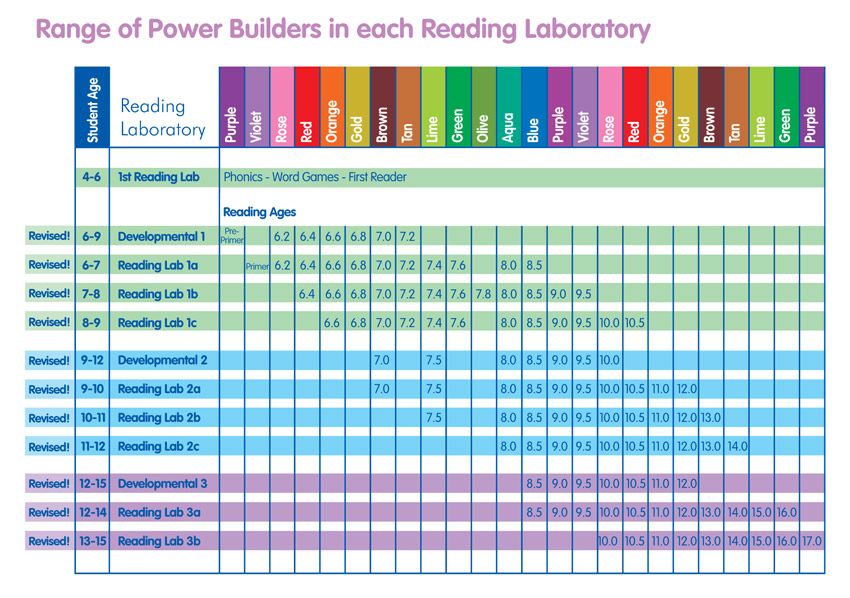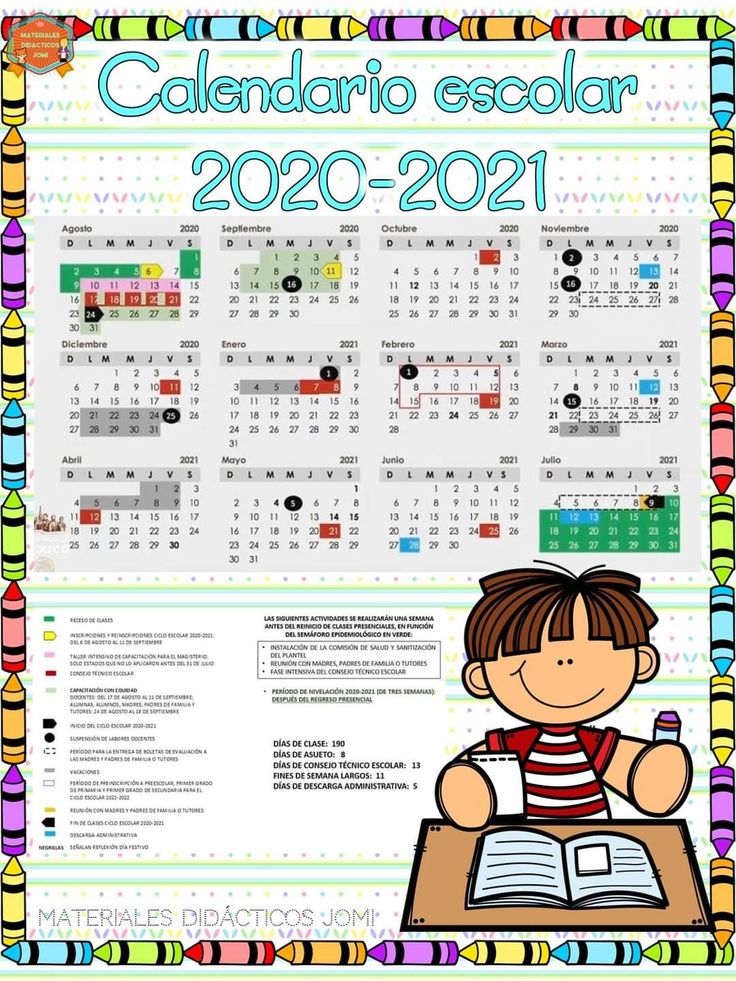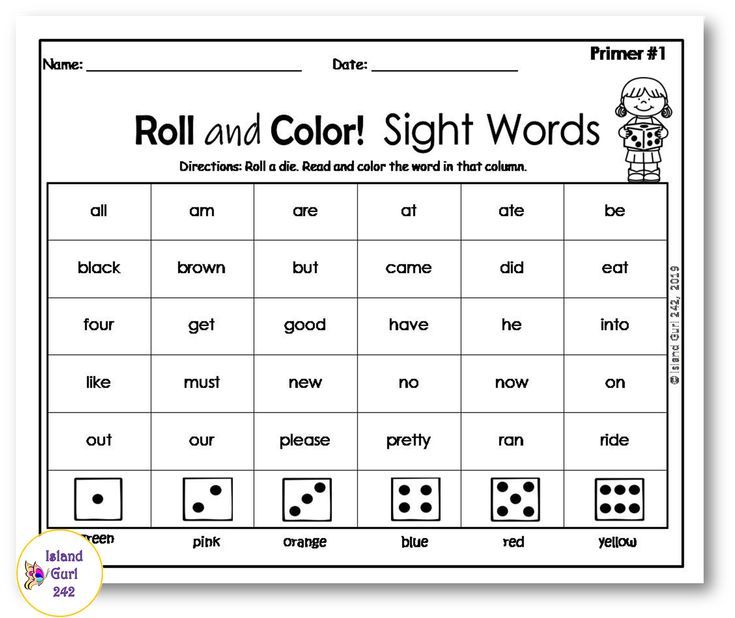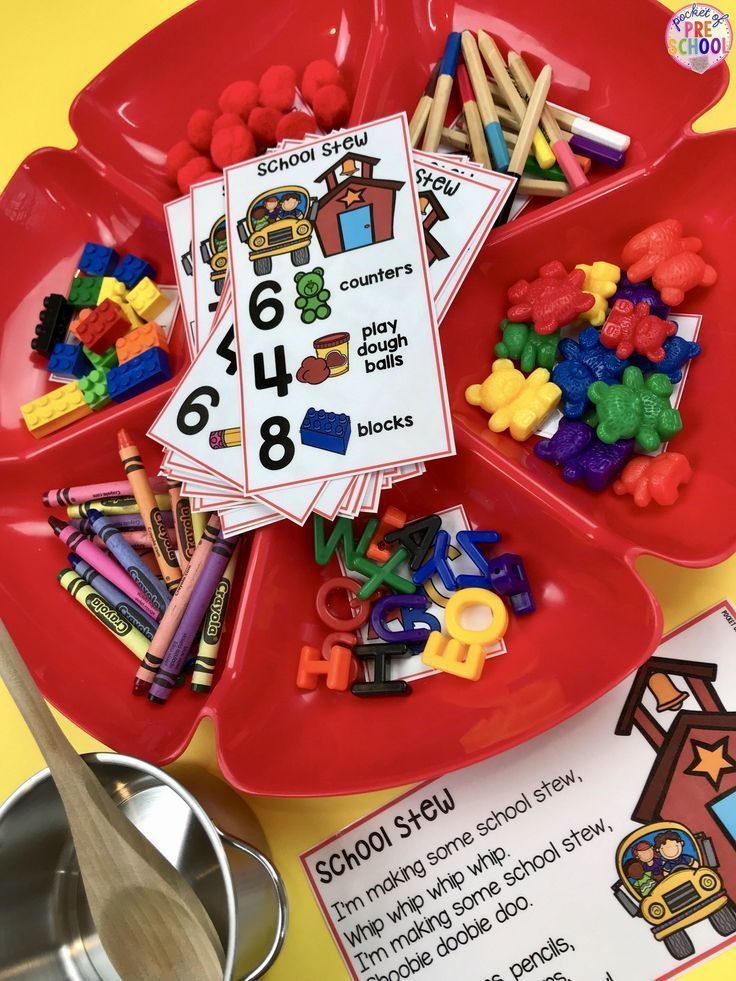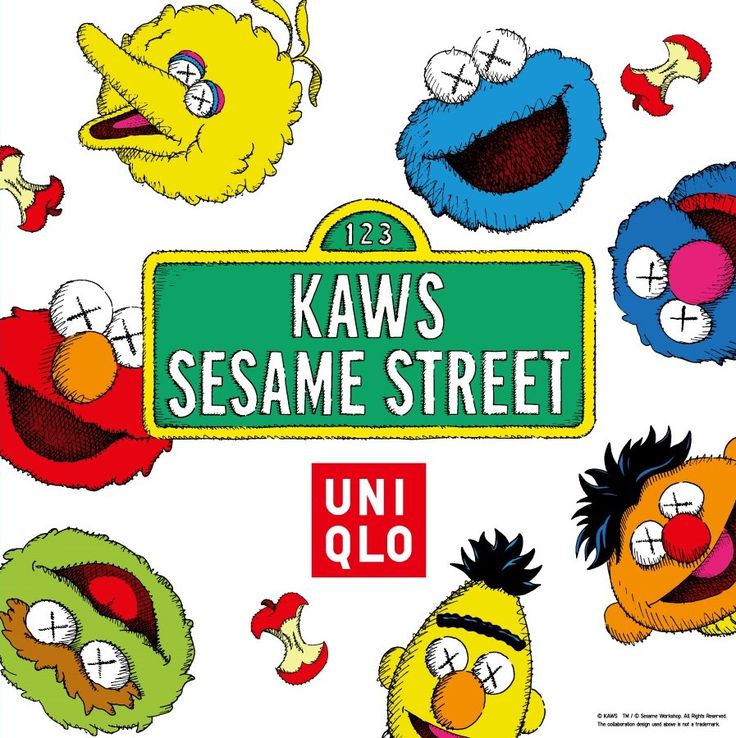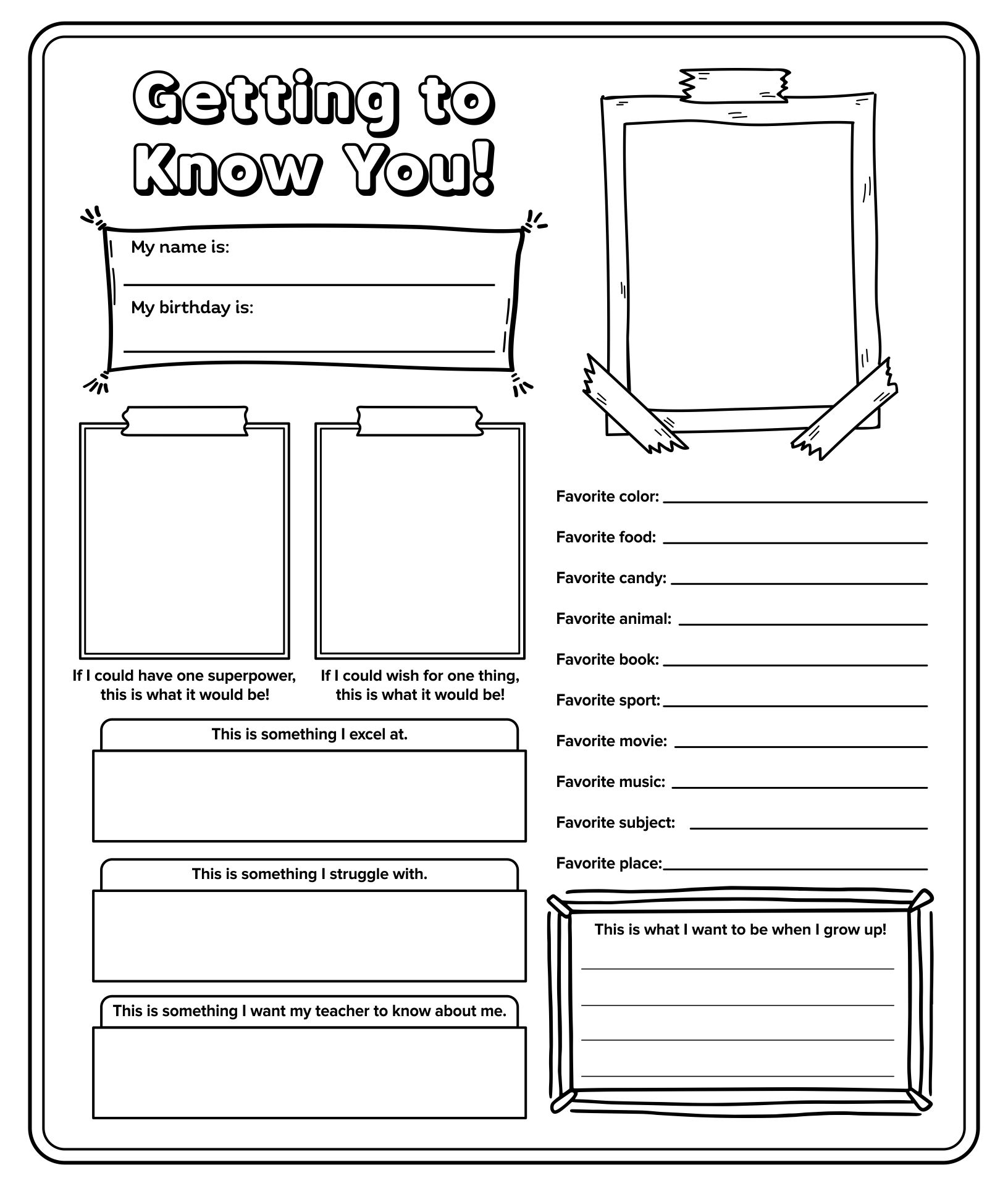Fun games for first graders
Fun learning games and activities for 1st graders
Looking for some fun ways to help your child learn important skills while keeping busy? Try some of these fun, teacher-tested activities for 1st graders.
-
Create a personalized placemat
This activity will help your first grader build reading and writing skills.
-
Number sense
This number-sense game played with dice helps your first grader build math concepts such as “greater than” and “less than.”
-
Create a noisemaker
This easy-to-create noisemaker makes amusing sounds. The activity reinforces observation, asking questions and experimentation – important skills in building scientific knowledge.
-
Map that house
By creating a map of your house, your first grader will build mapping skills and learn that a map is a representation of an area.
-
Create a mummy
Making shawabtis, small mummy-like statues that were used in Egyptian tombs, helps children learn about Egyptian art and culture, while exercising their imagination.
-
Create a family memory Book
With the help of a word-processing program and a digital camera, your first grader can build computer skills and create a wonderful book about his family.
-
Feel the music
First graders can use their natural interest in art and drawing to express how different music makes them feel.
-
Accordion book fun
By making her own book, your first grader will build reading and writing skills.
-
Keeping a journal
First grade is not too early to start keeping a log of daily activities and observations. This practice builds writing skills.
-
Speed spelling
This fun word-building activity will help your child master spelling skills.
-
Get moving
When your child practices skipping, hopping, galloping and side-stepping, she’ll be building coordination and endurance skills.
-
Make your own wrapping paper
Printmaking using fruits and vegetables is a fun art activity to try at home.
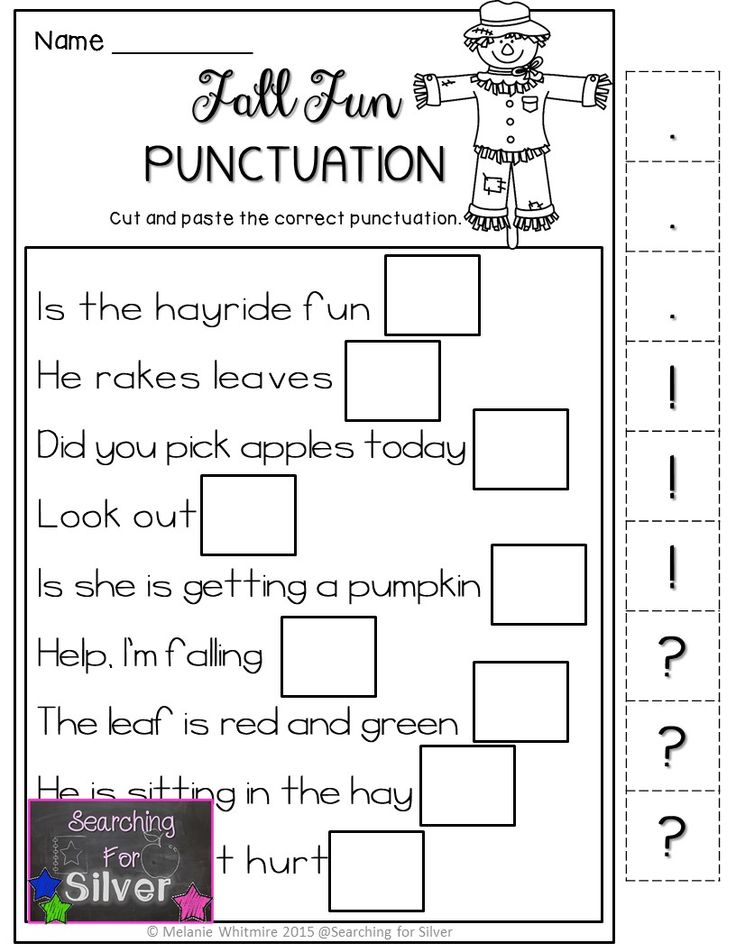
-
Make a story map
Have your child make a story map to sequence the beginning, middle and end of a story.
-
Shape walk
Go outside with your child and look for shapes.
-
Does it sink or float?
In this activity your child makes predictions about what objects will sink or float, tests the objects and then classifies them.
-
The “scents” of smell
Have your child explore the sense of smell by having her guess different scents.
-
Letter collage
In this activity your child explores letter sounds by making a collage.
-
Word family flip book
Have your child create this fun flip book to practice reading.
-
Develop a mental image
Have your child make a mental image of a passage that has been read aloud.
-
Make a pop-up book
In this activity your child makes a creative book to write a story in.
-
Food fractions
Here’s a clever and tasty way to review fractions with your child.
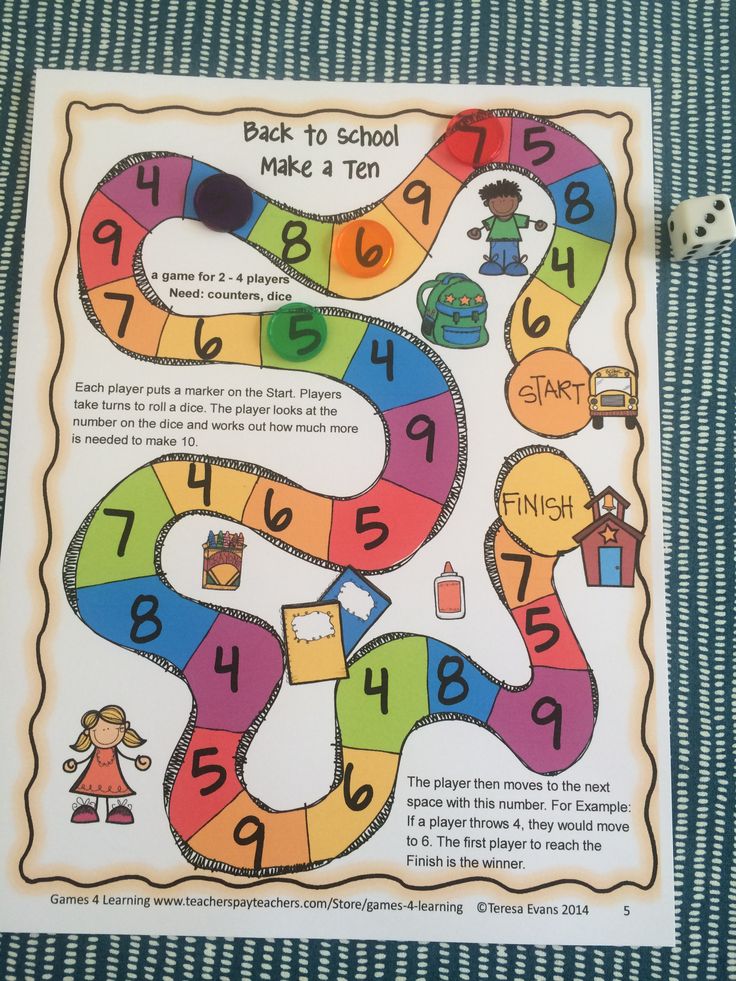
-
Make a storytelling board
In this activity your child acts out a story with a hand-made storyboard.
-
Living things and nonliving objects
Have your child find living things and nonliving objects.
-
Describe an object
In this activity your child writes about an object in detail.
45 Fun Indoor Recess Games for Kids
When the weather outside is dreary and students need to stay inside for recess, you don't need to sit with your hands in your hair wondering what fun game to play with them. Here are 45 indoor recess ideas guaranteed to help your kids enjoy the outside and perhaps learn a thing or two along the way!
1. Would You Rather?
Create a line down the middle of the classroom and have the students line up on top of it. Ask “would you rather” questions and get them to hop to one side or the other. “Would you rather eat moldy macaroni or sugar-covered spiders?” The more outrageous your questions are the more kids will have to think about their answers and kids will want to play this indoor recess activity over and over again.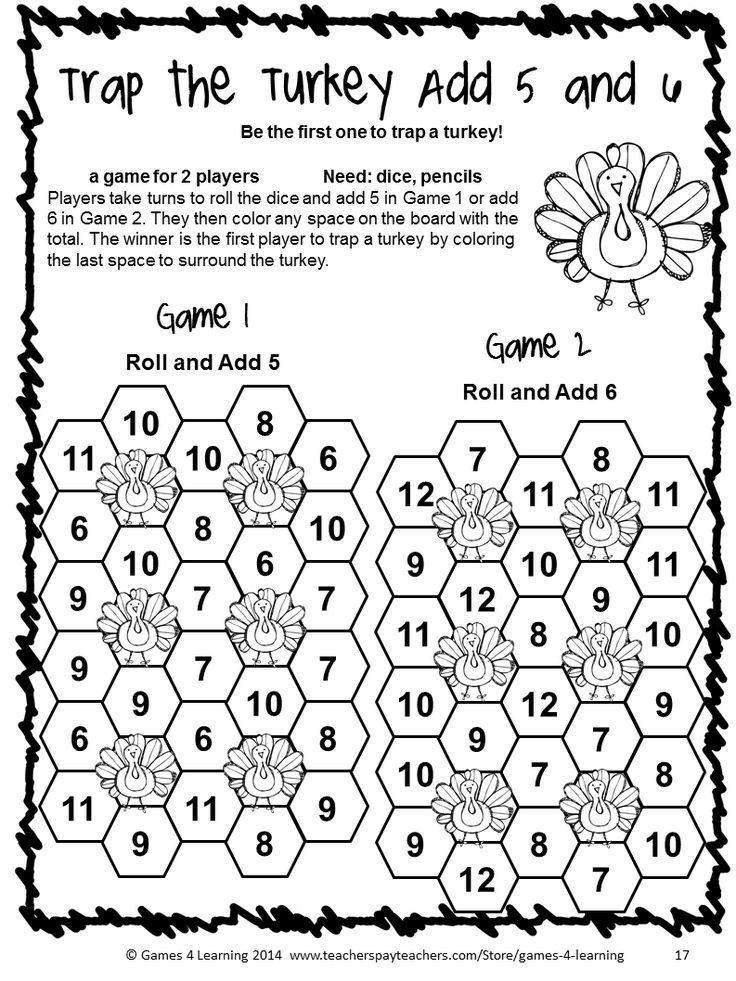
Read more: Teachers Using Tech
2. Find It Fast
Students gather together and wait for you to call out a descriptor. Prompt them to “find something round” or “find something hard” and watch them scramble around the class to find an item. You can scatter a few items around beforehand to make it easier.
Read more: Family Fun Twin Cities
3. Museum Guard
This alternative to “red light, green light” or "freeze dance" is perfect to play indoors as there is no running involved. The “museum guard” turns his back to the class and the other students take their positions as statues. When his back is turned the statues come to life but when the guard turns around, students must freeze or face being the next guard.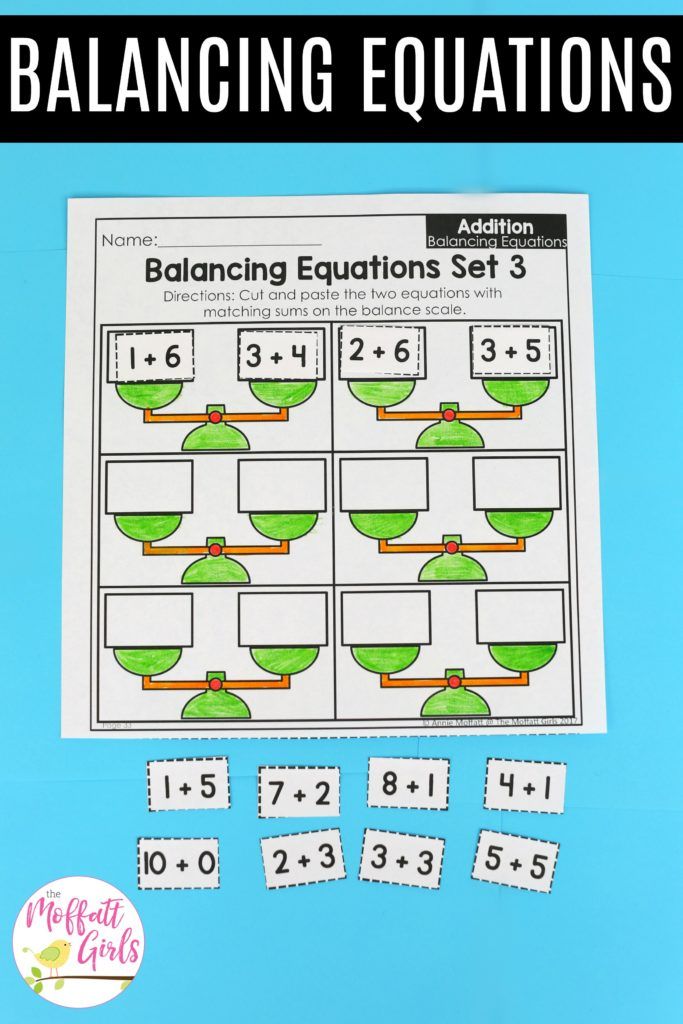
Read more: That YouTub3 Family - The Adventurers
4. Musical Chairs
This classic game never fails to amuse in the classroom. If actual chairs make the classroom too crowded, try chair-less musical chairs and have students sit on laminated cardstock on the ground. This eliminates any potential injury with the chairs as the adrenaline when rushing to find a seat takes over.
Read more: Like The Dew
5. Pass the Rubber Chicken
A rubber chicken is always a winner amongst the students. Use the chicken as a timer as students pass it in a circle before another student can completely answer a question. Questions like “Name 7 mammals” are perfect and will give the students a chance to pass the chicken around the circle. If the speaking student cannot complete the task in time, they will have to do the chicken dance. Show them an interactive video to learn the dance beforehand.
Read more: Education World
6.
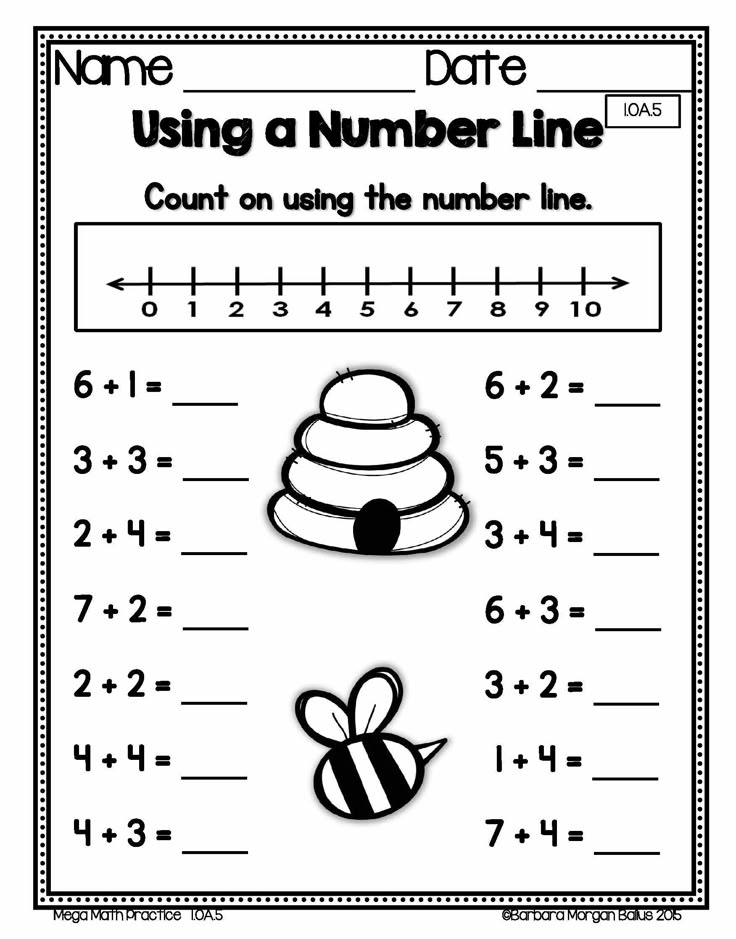 Fly Swatter
Fly Swatter This highly customizable game sees students compete in 2 teams. Teams line up and the students in front each get a flyswatter. On the blackboard, you can add possible answers to your questions for example numbers, colors, or names. As a question and students race to swat the correct answer on the board. You can also use a squishy ball that students can throw at the correct answer if you want to avoid running.
Read more: Professional Development Service for Teachers
7. Human Knot
One student takes the hands of two different students. They then in turn take the hands of other students. The aim is to form a human knot as their arms become entwined. Once they are all knotted up, they must try and undo the knot without breaking the chain. They can go under or over and twist in any direction but they must continue holding hands.
They can go under or over and twist in any direction but they must continue holding hands.
Read more: Fundoor
8. Movement Memory
Each student gets a chance to add a movement to a chain of movements. Student 1 can clap their hands. Student 2 will then clap their hands and turn around. Student 3 will copy both actions and add a third. See how far the chain can continue without any mistakes. You can also replace movements with words and let students list things to take on a picnic or holiday.
Read more: Your Dictionary
9. Hot or Cold
Hide a treasure in the class while one student, the treasure hunter, waits outside. When the student returns, the rest of the class can give them clues as to where the treasure is by telling them if they are hot or cold.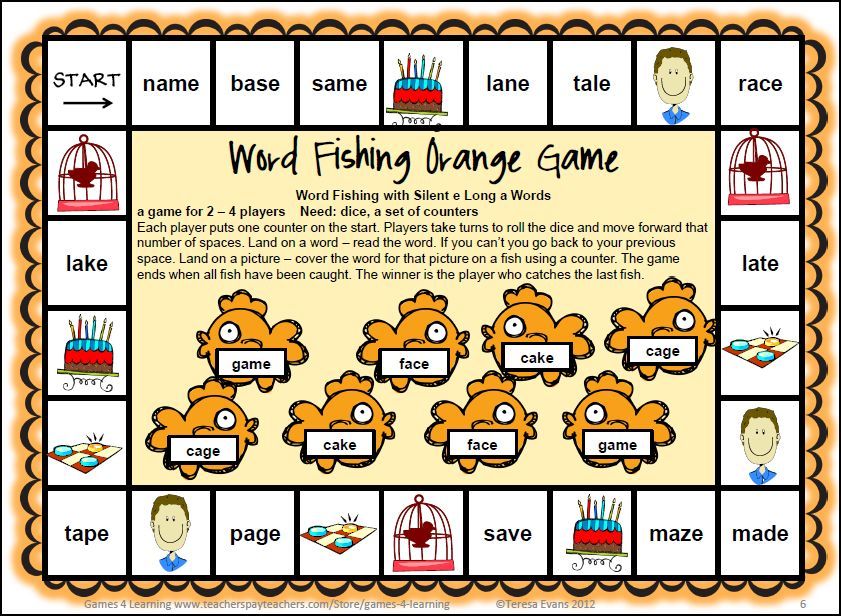
Read more: Ruth Ierolo
10. Stop the Bus
Divide the class into teams and hand each team a paper with the headings “name”, “place”, “animal”, and “thing” on it. This template for students can also change if you want to incorporate topics you are currently learning about. Randomly choose a letter from the alphabet and let students race to write down one thing in each category starting with that letter. The first team to complete their table must yell “Stop the bus!”
Read more: ESL Kids Games
11. Charades
This classic party game is perfect if you want students to practice the work they have been studying. Let them act out animals, historical figures, book titles, and more.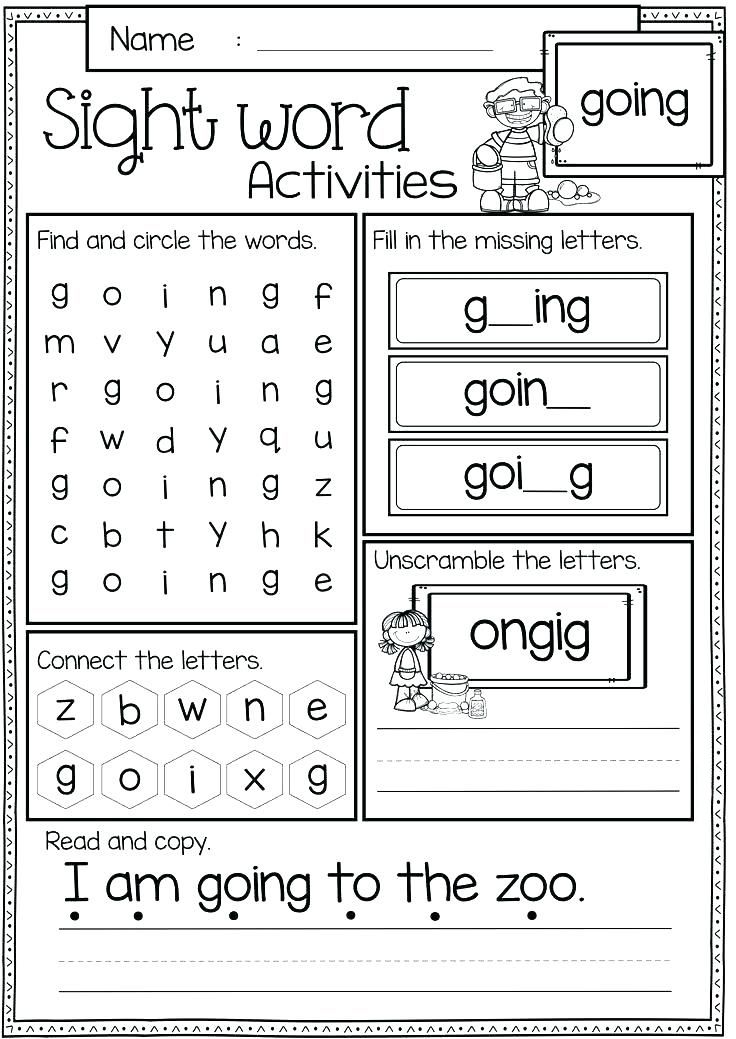 Students take turns to mime the names and will be eliminated if they speak.
Students take turns to mime the names and will be eliminated if they speak.
Read more: Gamesver
12. Four Corners
Put up a sheet of paper in each corner of the class, each with a number or color on it. One student stands in the middle with their eyes closed. The rest of the students scramble to choose one of the four corners. The student in the middle calls out one of the corners while their eyes are still closed. All the students in that corner are then illuminated. The game continues until you have found the last man standing.
Read more: Playworks
13. 100 Cup Challenge
Groups get given 100 plastic cups (or less if you don’t have so many) and are told to create the tallest structure possible. To make it more difficult you can give specifications like “the structure must support some weight”.
Read more: Little Bins for Little Hands
14. The Floor is Lava
Place pieces of paper on the floor. Make them different sizes and place them at alternating distances. Students must cross the room by only stepping on the papers or risk falling into boiling lava! You can use other materials such as tape, pillows, beams, etc. to make it more interesting. Use a Twister spinner to determine colors the students should step on for added difficulty.
Make them different sizes and place them at alternating distances. Students must cross the room by only stepping on the papers or risk falling into boiling lava! You can use other materials such as tape, pillows, beams, etc. to make it more interesting. Use a Twister spinner to determine colors the students should step on for added difficulty.
Read more: Edrenaline Rush
15. Balloon Wrangling
Divide the class into teams and assign each team a color. Students must try and wrangle their colored balloons into a corner but the balloons cannot touch the ground. You can give them paper plates to wave the balloons into the air for an added level of difficulty. They must stay in the air at all times and teams can interfere with each other’s balloons. Will they choose the path of sabotage or will they work as a team to complete their task?
Read more: Brisbane Kids
16. Balloon Volleyball
Hang a piece of string in the middle of the class that will act as the volleyball net.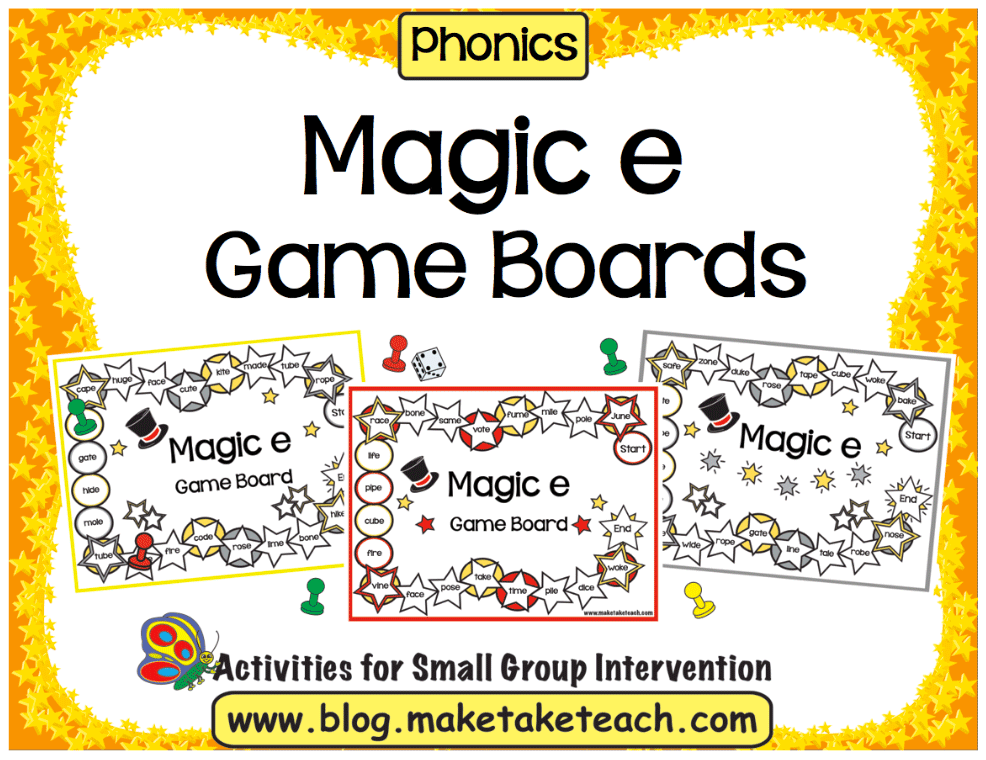 The class is split into two teams and there is one balloon used as a ball. Teams must hit the balloon back and forth and keep it from touching the ground. If a team manages to hit the balloon to the ground on the other side of the net they will win a point. This is a great active game to let them burn off some excess energy before they hit the books again.
The class is split into two teams and there is one balloon used as a ball. Teams must hit the balloon back and forth and keep it from touching the ground. If a team manages to hit the balloon to the ground on the other side of the net they will win a point. This is a great active game to let them burn off some excess energy before they hit the books again.
Read more: In Shape
17. Playdough Pictionary
Give students a short time to construct something out of playdough and have the rest of the class guess what they have made. Thirty seconds to a minute is all you need. It is not enough to create a work of art but the artsy students will get mighty creative in such a short time.
Read more: Fatu Family
18.
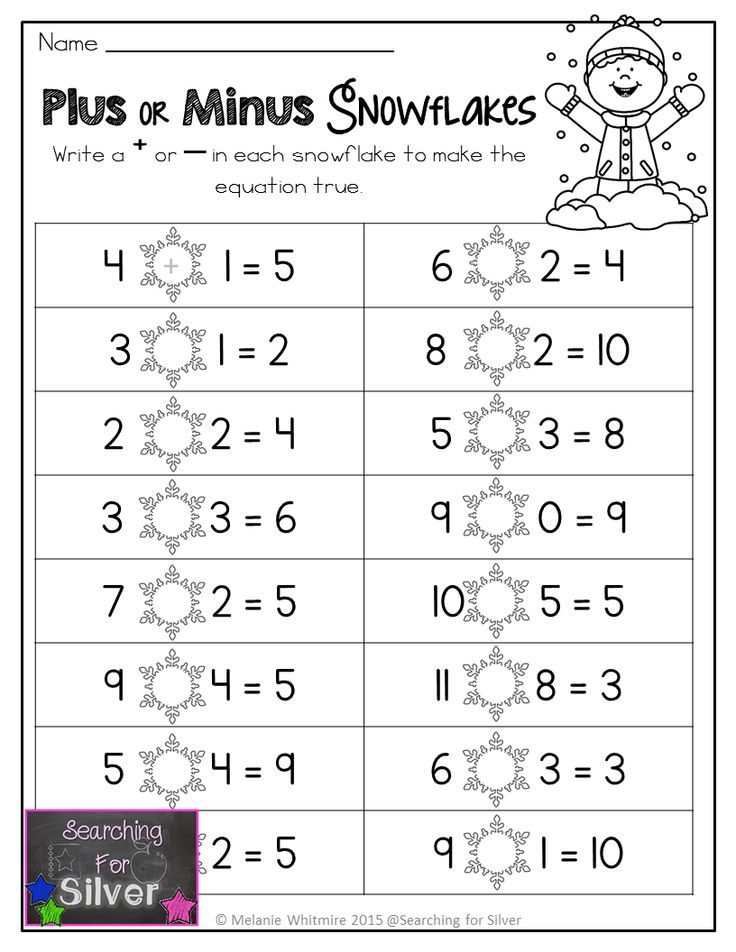 Heads Up, 7Up
Heads Up, 7UpSeven students are chosen to stand in the front. All other students close their eyes and put their heads down and one thumb up. The 7 standing students then roam around the class each picking one student to put their thumb down. Once they are done, the teacher says “heads up, 7 up” and the seven seated students stand up. They have to guess who picked them. If they guess correctly they can swap places with that student. This game can last forever!
Read more: Tannerites
19. Indoor Obstacle Course
Create an obstacle course with pillows, hoops, chairs, tables, and more.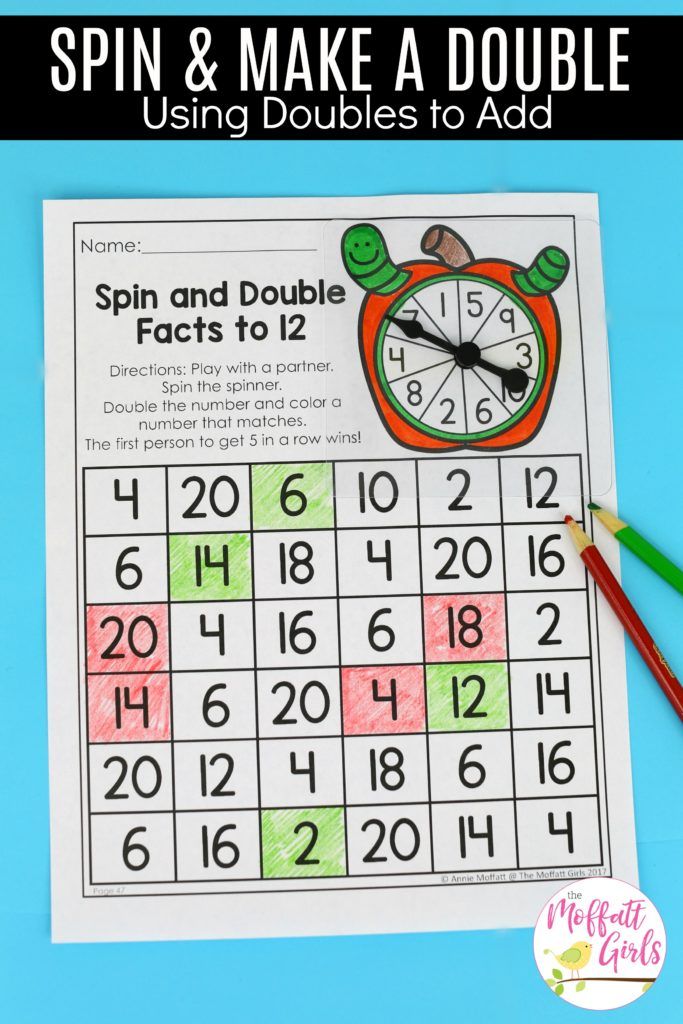 Students have to make their way through in the allotted time. You can also blindfold one student and have the others explain to them how to make their way through the obstacles. This will target their motor skills and coordination.
Students have to make their way through in the allotted time. You can also blindfold one student and have the others explain to them how to make their way through the obstacles. This will target their motor skills and coordination.
Read more: Lowveld Media
20. Judge
One student stands in front with their back to the class. The teacher points to one student who has to say “Hello, Mr. Judge” and the student in front has to guess who it is. Students can try to disguise their voices to make it more difficult. Mr. Judge has to then guess who spoke to them. If they are correct, they can stay in front. If they are wrong they swop with the student that tricked them. See who can identify most of their classmates correctly.
Read more: The After School Guide for Creating Outstanding Indoor Games
21. Glow in the Dark Ringtoss
This game is perfect when it's dark and stormy outside. Connect some glow sticks and place one glowstick in a jar as your target. Let kids throw different-sized rings at the target for a safer alternative to horseshoe throwing!
Let kids throw different-sized rings at the target for a safer alternative to horseshoe throwing!
Learn more: Passion for Saving
22. Mafia
This classic party game can easily be translated into a class setting and is a favorite among students of many ages. The card game is for up to 36 players so everyone can join in the fun, trying to bluff their way out of being convicted. If you don't have the physical game, you can still adapt the game to work in a class setting by writing rolls on paper or using a deck of playing cards.
Learn more: Amanda Write Now
23. Rock Paper Scissors Tag
This game is high-energy and fast-paced and is perfect if you have a gym or large indoor space.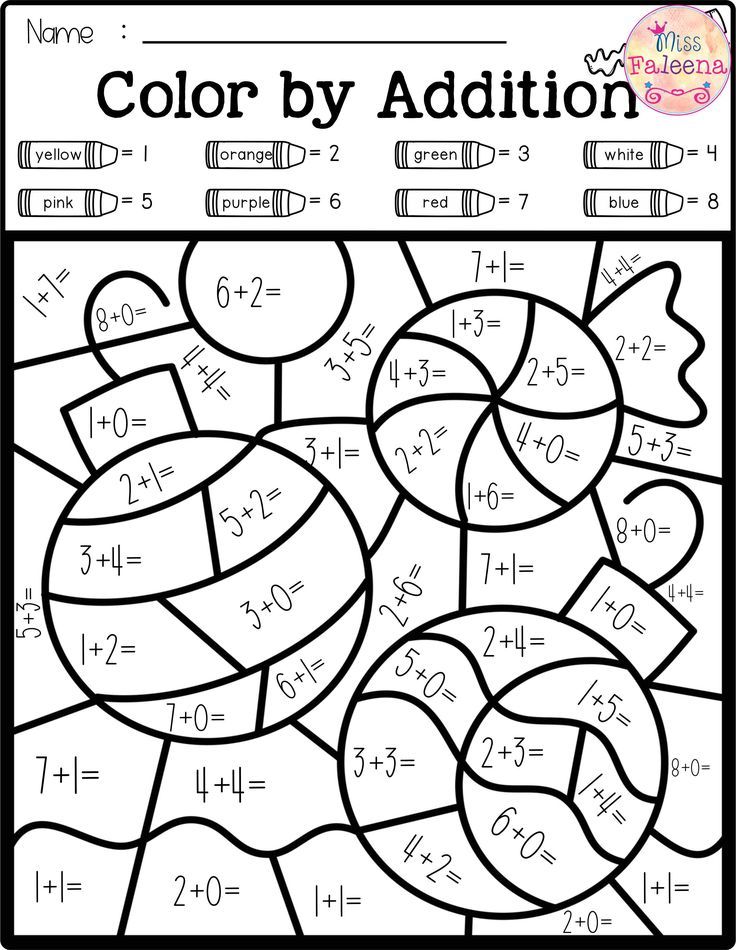 Students line up in the middle and play a quick-fire game of rock paper scissors. The winner will then chase the loser to the other side of the room and try to catch them before the loser reaches the other side.
Students line up in the middle and play a quick-fire game of rock paper scissors. The winner will then chase the loser to the other side of the room and try to catch them before the loser reaches the other side.
Learn more: Youth Ministry Great Games
24. Rock paper Scissors Hoop Hop Showdow
This is another excellent indoor recess game involving rock paper scissors. Students hop along the line of hoops, one child from each side. Once they meet, they challenge each other to a game and the loser has to return to the beginning. They then hop again until they meet and get to challenge each other.
Learn more: The World Rock Paper Scissors Association
25. Minute to Win it
Set up a series of games that students need to complete, each in under a minute.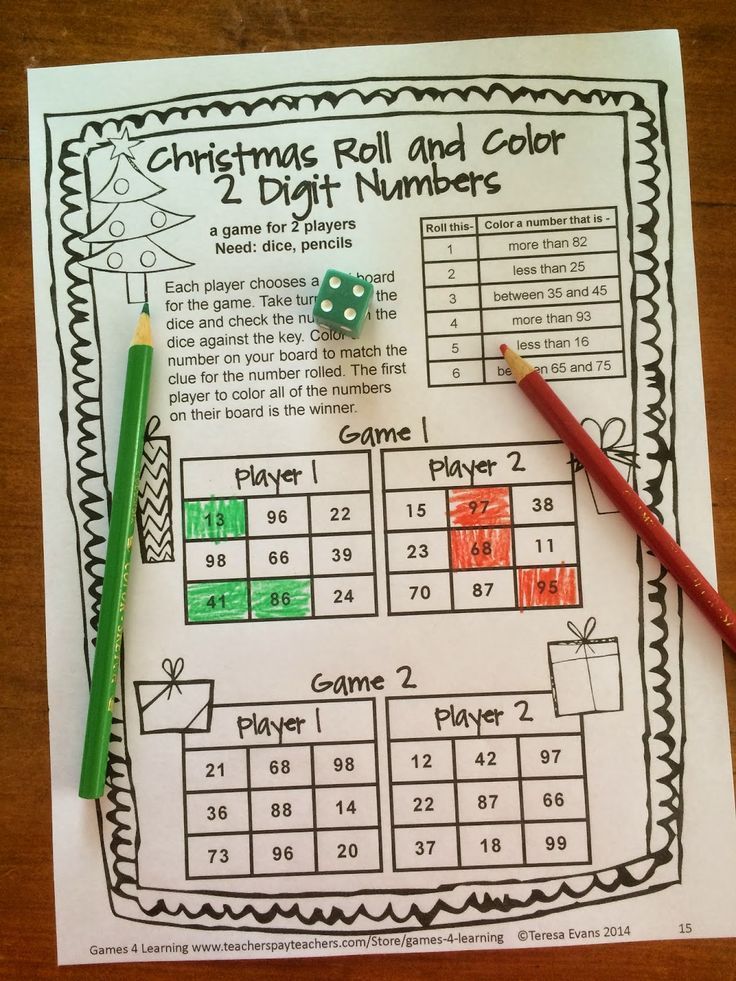 These games are fast-paced and keep give everyone the chance to compete in the team. Activities vary from magnet fishing to unboxing a wrapped up present or unfurling a rubber band ball.
These games are fast-paced and keep give everyone the chance to compete in the team. Activities vary from magnet fishing to unboxing a wrapped up present or unfurling a rubber band ball.
Learn more: iGame Mom
26. Baloon Hokey
Playing a competitive sport is a fun way to involve the whole class and build some team spirit but they aren't necessarily indoor friendly. This version of hockey is perfect for kids, young and old, and is totally safe to play indoors.
Learn more: Creative Connection for Kids
27. Paper and Straw Game
This game is fast, fun, and competitive. Cut up pieces of colored paper and scatter them on a table. Teams can then only use a straw to suck up their color and drop it into a bowl.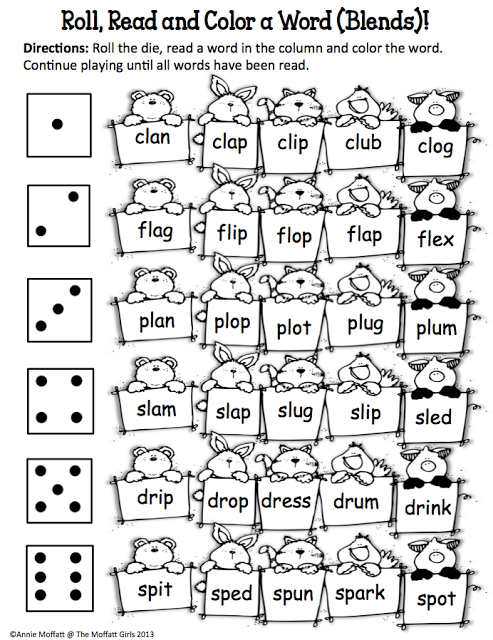 Let students play in teams or in brackets as part of a championship to find the ultimate recess winner.
Let students play in teams or in brackets as part of a championship to find the ultimate recess winner.
Learn more: Raising Dragons - Activities For Kids
28. Paper Plane Race
Put the students' engineering skills to the test by holding a good old-fashioned paper plane race. They can test different materials and styles of folding to see which one stays airborne the longest.
Learn more: Meaningful Mama
29. Jeopardy
Create a fun, non-academic Jeopardy Game, everyone's favorite TV game show in your own class. Use trivia about the students or their favorite topic outside of the class as the theme and see who knows their classmates the best.
Learn more: Jeopardy Labs
30. Zip Zap Zoom
Zip Zap Zoom is a super simple game that will test each student's listening abilities. There are just three commands, each allowing the students to pass an imaginary ball of energy around.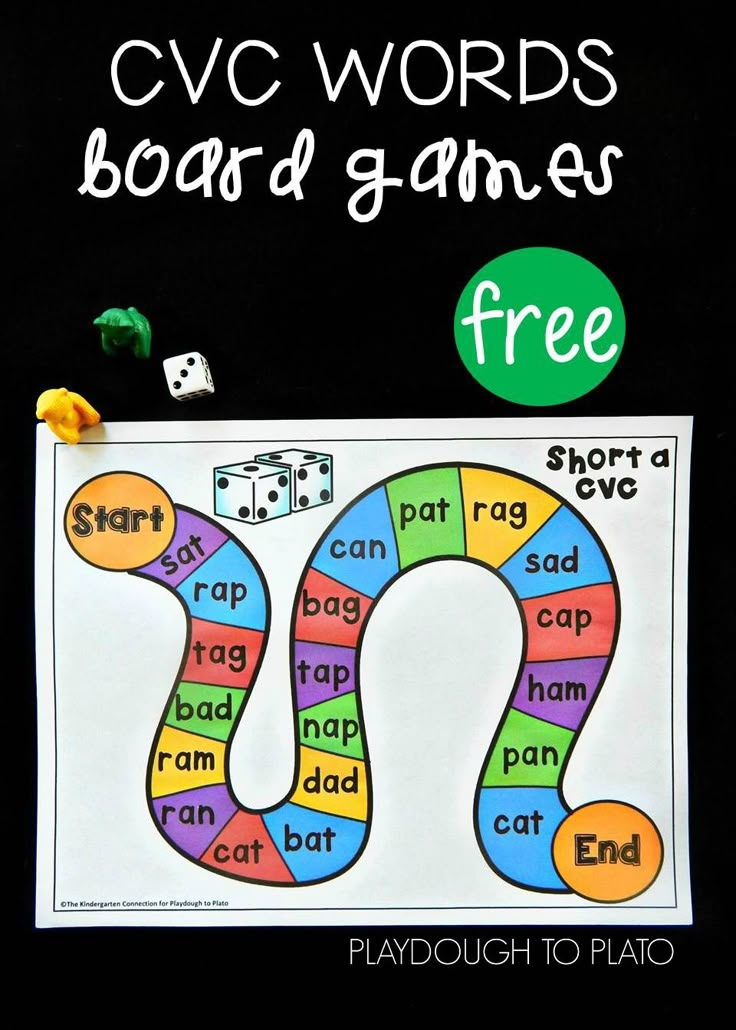 Zip lets them pass it in a clockwise direction, zap lets them pass it in a counter-clockwise direction, and zoom lets them pass it across the circle.
Zip lets them pass it in a clockwise direction, zap lets them pass it in a counter-clockwise direction, and zoom lets them pass it across the circle.
Learn more: Asphalt Green
31. Yoga
Recess is a time to get active and release some energy. A structured classroom yoga session is a perfect way to ensure kids burn some energy while having fun. With some luck, they will return to their lesson cool, calm, and collected too!
Learn more: Cosmic Kids Yoga
32. Learn a Magic Trick
Use an indoor recess to teach kids a fun new skill like doing a magic trick. There are tons of easy card games or coin tricks that they will be able to pick up. They might not be able to fool their classmates but kids will love taking their new skill home and impressing the family!
There are tons of easy card games or coin tricks that they will be able to pick up. They might not be able to fool their classmates but kids will love taking their new skill home and impressing the family!
Learn more: Whats Up Moms
33. Learn Origami
Show the kids some of the amazing origami videos on the web and teach them how to make dogs, flowers, and swans. Not only is origami folding a fun calming activity but it also teaches them valuable listening and focus skills and shows them how to pay attention to detail. One wrong fold and it's a mess!
Learn more: Origami - Craft TV
34. Feed the Woozle
If there is one rainy day board game to invest in, this is the one. It is kooky and will get kids moving and laughing as they try to feed the hungry Woozle. It is for kids above 3 but even much older kids love the challenge and in a class setting, kids can play in teams instead of just 5 as suggested by the directions.
It is kooky and will get kids moving and laughing as they try to feed the hungry Woozle. It is for kids above 3 but even much older kids love the challenge and in a class setting, kids can play in teams instead of just 5 as suggested by the directions.
Learn more: Game Cows
35. Bean Bag Toss
A classic game of bean bag toss or corn-hole is a great way to fill an indoor recess session. To ramp up the fun, create an easy-themed game by making a custom bean bag toss set or decorating the cornhole according to a theme.
Learn more: Me and My Inklings
36. Marble Run
Create an elaborate marble run throughout recess. Kids can release the marble just before class starts to see if their creation was a success. use building blocks, lego, books, and any other random objects found around the class.
Learn more: Oskars Wooden Ark
37. Learn a Clap Routine
Learning elaborate handshakes or clapping routines seems to be a lost art. Let kids rediscover this fun pass time and make up their own clap routines or shakes that they can impress their friends with.
Learn more: Full-Time Kid
38. Learn String Tricks
Another old-school activity that kids would love to learn is creating shapes with string. Knot two ends of a string together to form a loop practice making a star, teacup, and the Eiffel Tower with string, or practice a 2-person routine.
Learn more: Amazing Kids Toys
39.
 Learn a Cup Routine
Learn a Cup Routine Kids will never get enough of learning a choreographed routine. Instead of a lengthy dance routine, opt for this easy-to-learn rhythmic cup routine that kids can quickly pick up and perform together as a class.
Learn more: Musicroom UK
40. Indoor Scavenger Hunt
Print out a scavenger hunt that needs no prep. This list is guaranteed to contain items that are already strewn around the classroom and kids can even find different items to match the descriptions.
Learn more: Thrifty Northwest Mom
41. Drawing Tutorial
These quick drawing tutorials are fun lessons kids can do during an indoor recess.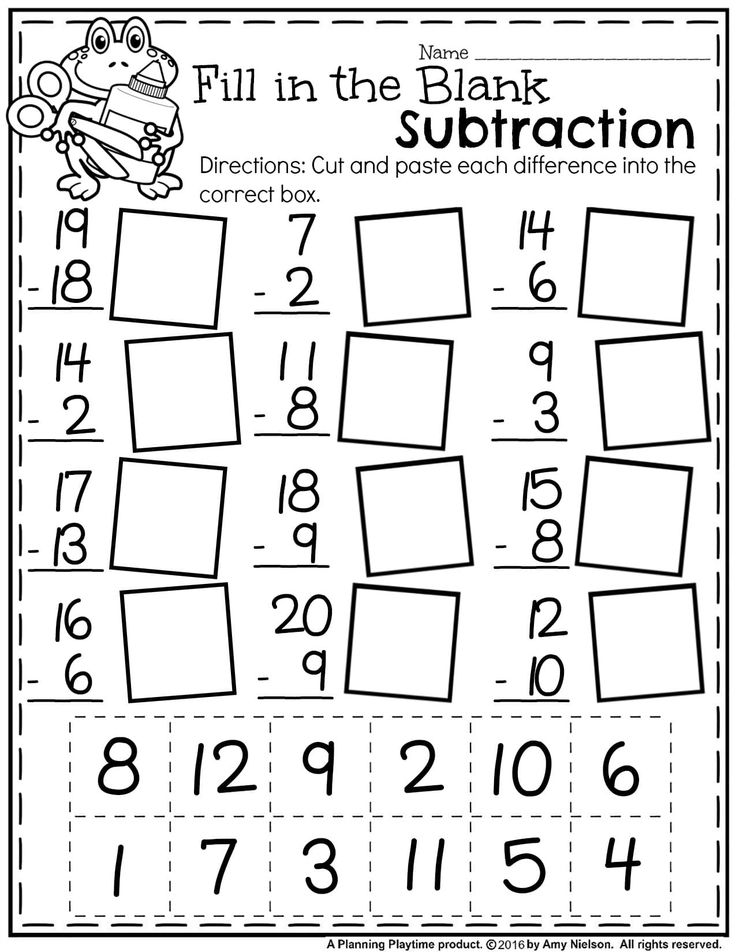 They will learn to draw a variety of cute doodles that you will most probably see pop up on all their future assignments!
They will learn to draw a variety of cute doodles that you will most probably see pop up on all their future assignments!
Learn more: Art for Kids Hub
42. Kahoot!
Kahoot is always a classic and will have kids begging for more. Choose a non-academic quiz to just let kids have fun or tie it in with a lesson covered earlier in the day to use recess time constructively. Either way, kids will love this times quiz challenge.
Learn more: Kahoot
43. Indoor Bowling
Host a quick bowling tournament in class with a DIY set of pins. Collect pringle cans or coke bottles over time and stick numbers on them to give them value. This is easy to set up and not messy or too noisy, the perfect indoor recess game!
Learn more: Pre School Toolkit
44. Bingo!
Find a fun free printable bingo template with numbers or pictures to keep kids busy during recess indoors. Choose a themed printout or stick to numbers, depending on the level of the kids.
Learn more: Bugaboo City
45. Indoor Golf
Kids can practice their put during an indoor recess with this easy setup. Once you have created this 5-hole target you can use it over and over, letting kids practice their short game while stuck indoors.
Learn more: A Girl and A Glue Gun
Frequently Asked Questions
What do you do for indoor recess?
When students have to stay inside for recess, it is important to get them active with some awesome movement activities and allow for enough time for brain breaks. Play games where they can get active whether it is with a dance or running from one side of the class to the other. This is also a time where students should interact in teams and develop some social skills.
Is indoor recess good?
When students have to stay inside for recess, it is important to get them active with some awesome movement activities and allow for enough time for brain breaks.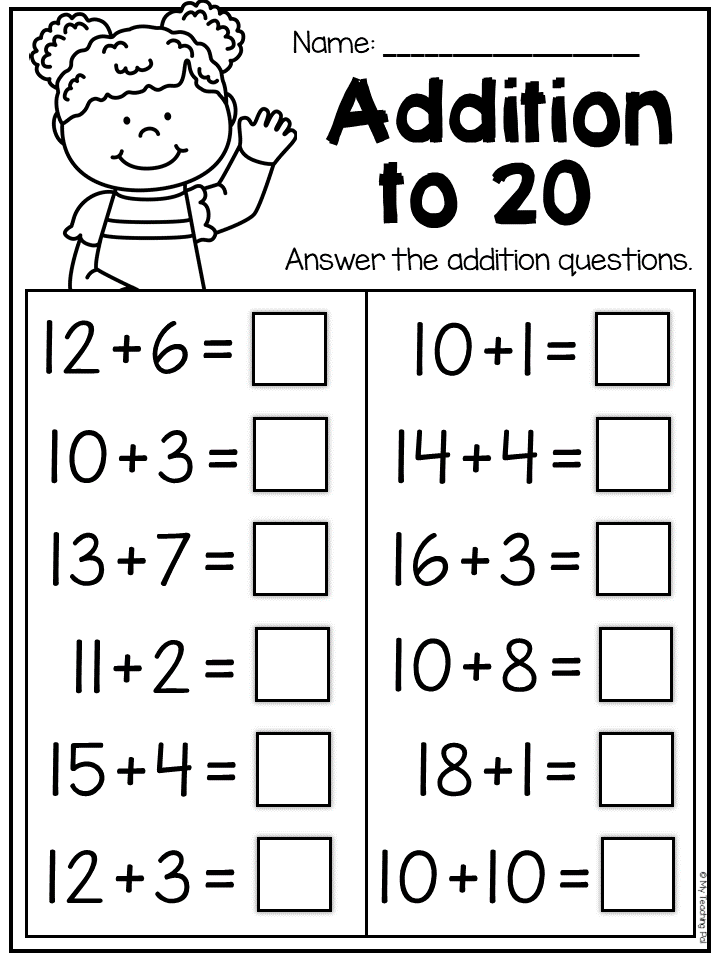 Play games where they can get active whether it is with a dance or running from one side of the class to the other. This is also a time where students should interact in teams and develop some social skills.
Play games where they can get active whether it is with a dance or running from one side of the class to the other. This is also a time where students should interact in teams and develop some social skills.
Funny games for children - analogies not
Content
- Da Netki
- Smeshinka
- Drawing games
- Ha ha and hee hee
- Laughter
Funny games for kids for kids of all ages. Play at home, at school, in kindergarten, at a children's party and just with your playground mates!
Funny games for kids: the top 10 most exciting and fun games, plus the 11th and 12th games as a bonus!
I like someone who…
Children stand in front of an adult, and he gives them a sign of someone he likes and counts out loud to 5. They need to quickly find and touch this sign.
For example: — I like the one who has pigtails! (everyone runs and touches the girl with pigtails). Variations: I like someone who has something red/white sneakers/something iron/who screams loudly and jumps on one leg!
Elimination (over 8 years old) - whoever touched the desired object last, leaves the game, and so on until 1 winner.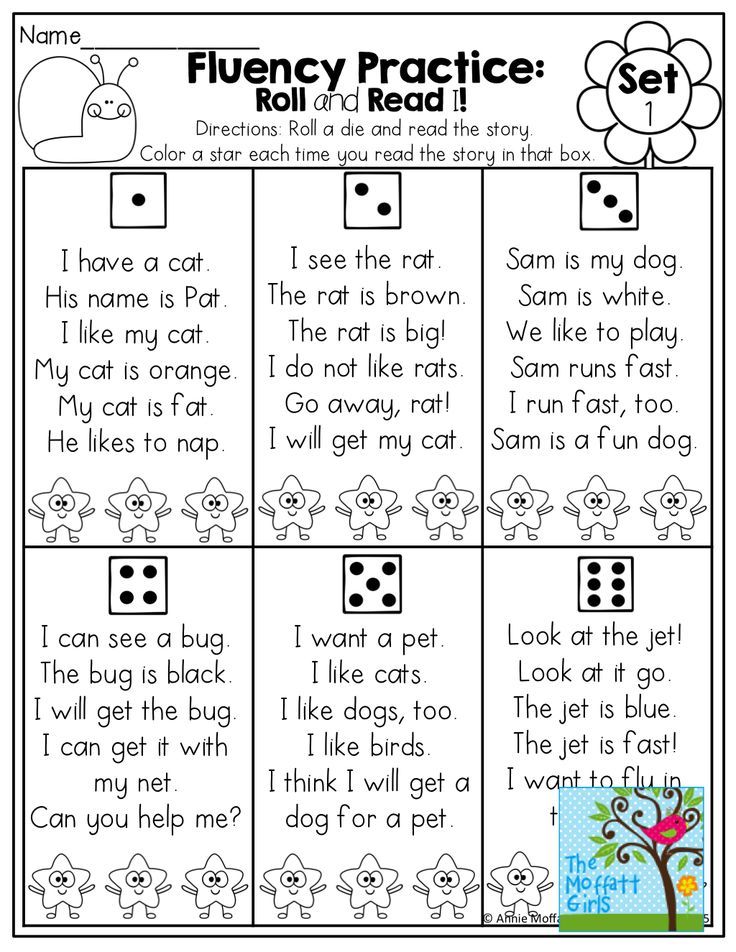
Chamomile
A chamomile is made from paper. On the reverse side of each petal, funny tasks are written that an adult reads to them.
Children tear off the petals and begin to perform tasks: walk in single file, crow, jump on one leg, sing a song, say a tongue twister, etc. , how mom prepares dinner, how the laundry is squeezed out ... More ideas for tasks for this game in the topic Funny tasks for fans Funny tasks for fans.
Wild people
Stand in a row and learn a few simple exercises:
- stand up straight, arms to the sides
- raise your arms up
- lower your arms, raise your left leg
- lower your left leg, raise your right
- slap clapped hands and jumped up
First we practiced, everyone is doing great. Now invite the guys to repeat the same exercises to the music and turn on a very, very fast melody. Of course, children will become confused in movements.
"Come on, don't stop," the host encourages those who are confused.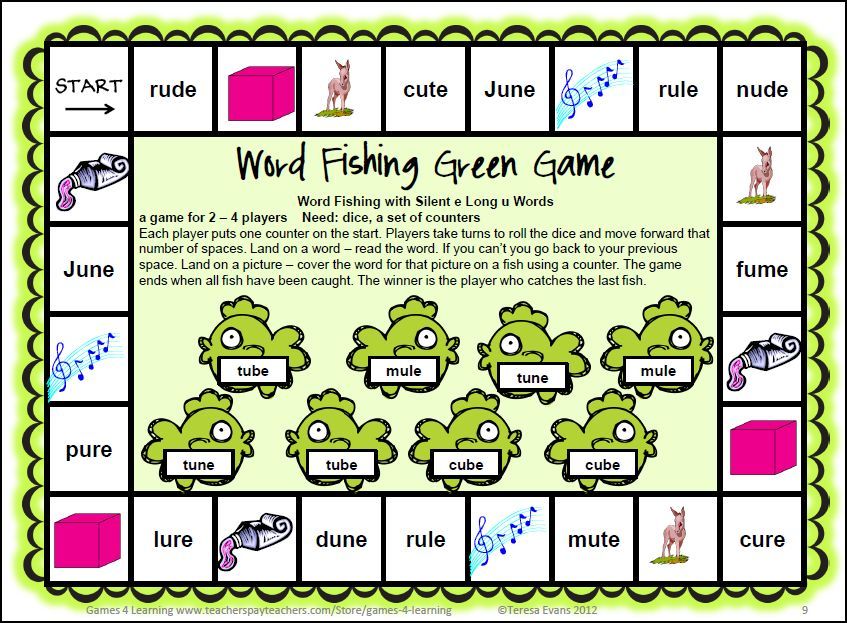 “Start with everyone together!”
“Start with everyone together!”
Cheerful little people
Equipment needed: sheets of paper, felt-tip pens (pencils or pens). Number of players: from 2 to 6.
Players, each on their own sheet, draw a predetermined hero in parts, the drawn part is folded, sheets are exchanged, then a continuation is drawn, and so on in several steps. It is best to divide the drawing into three parts: head, torso (with arms), legs. Then we look at the result.
Grandpa's panties
This game will help you to keep up a cheerful mood. Initially, we agreed on the so-called code word, that is, a universal answer to any question of the presenter. A word or a couple of words should be chosen funnier. We agreed that our code words would be "grandpa's pants."
It's harder to keep from laughing in this game.
So, the host asks:
- What is your favorite toy?
- Grandpa's panties!
- What's on your plate?
- Grandpa's panties!
And again, the one who laughed out of the game.
The most serious player (who lasted the longest without laughing) was awarded a chocolate bar.
Draw a monster
This is a drawing game. Each player is given a sheet of paper, a pencil, and then blindfolded. The facilitator names some object or living being, and all players begin to draw. Even if someone has finished drawing, he does not remove the bandage until the last participant has finished drawing.
Then the players, on the leader's command, remove their blindfolds and admire their masterpieces. It's okay that instead of a cat someone will get a monster, because here it is absolutely not necessary to depict the object exactly.
The player with the most ridiculous drawing can be given a small prize.
Don't laugh!
It is clear from the title that the main goal of the game is not to laugh. The host gives tasks, and the players perform. Each task is a certain movement.
For example:
- take the neighbor on the right by the ear
- slightly pull the ears of the neighbor on the left
- slightly pull yourself by the nose
- twist the neighbor on the left at the temple
- make "horns" to the neighbor on the right
Even persistent players after a while can't help it and start laughing.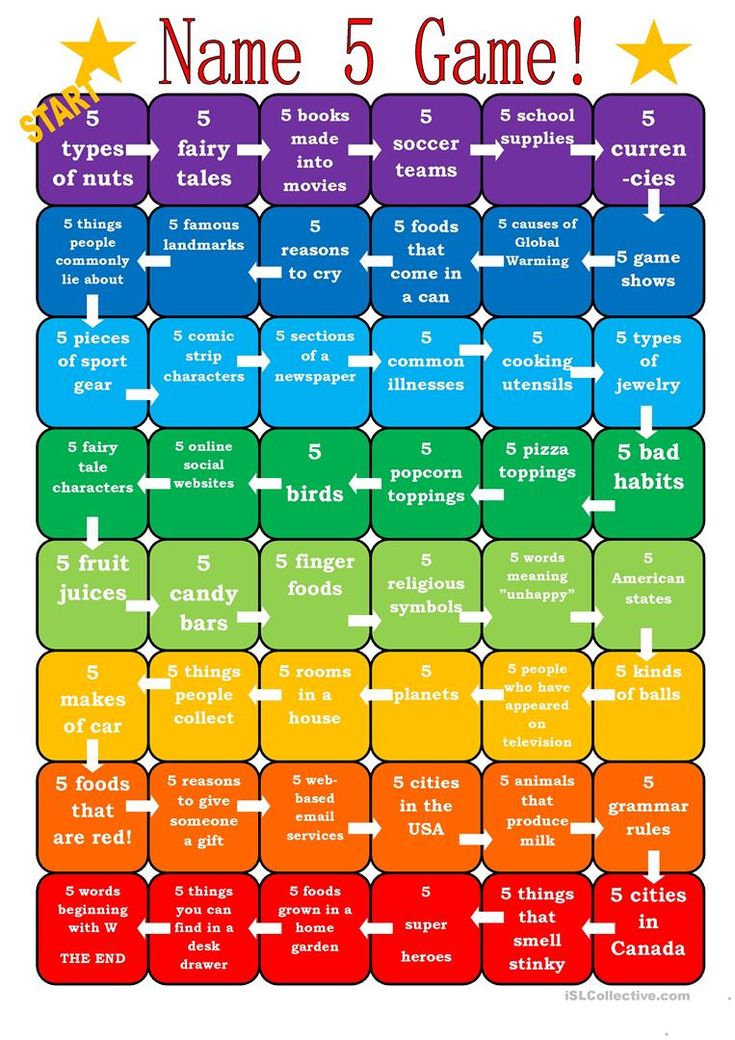
Yes-No
Funny danetki -
Without candy wrappers,
Only "yes" and only "no" -
Give the correct answer!
- If you run to the buffet,
So you're hungry?… (Yes)
— There is a moon and a star in the sky —
So it's noon?… (No)
— On the airfield of the train
Ready to take off into the sky?… (No)
— Who eats a lot of sweets,
He has a sweet tooth, right? ... (Yes)
- Pot and pan
Needed for catching fish? ... (No)
- Keeping a big secret
Very difficult, right? ... (Yes)
- If you love ballet,
Will you go to the theater? ... (Yes)
- Mustaches and beards grow
For those who go to kindergarten?… (No)
— If you are always lazy,
In the five’s diary?… (No)
— You ate lunch with appetite,
Need to say thank you?… (Yes)
— If you lie everywhere, always,
So you are truthful?… (No)
— Clear water in the well,
To swim and dive there?… (No)
Smeshinka
All children stand in a circle, and each is given a name .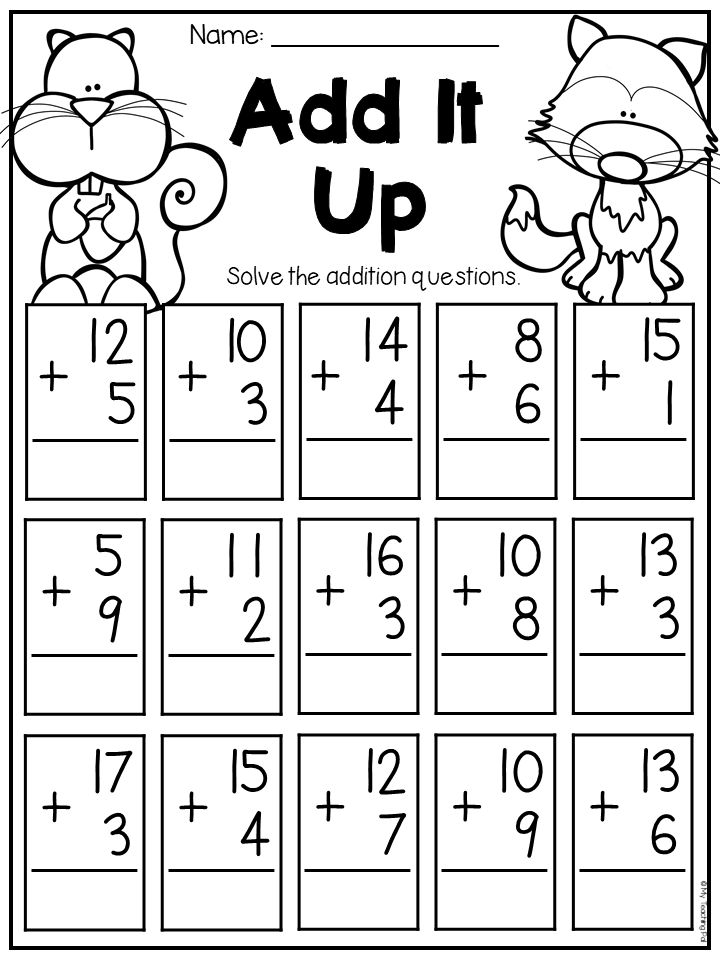 For example: Saucepan, Ladle, Rolling-pin... We, so that no one would be offended, called all kitchen utensils (otherwise, if you call one Ladle and the other Dead Eye, insults cannot be avoided).
For example: Saucepan, Ladle, Rolling-pin... We, so that no one would be offended, called all kitchen utensils (otherwise, if you call one Ladle and the other Dead Eye, insults cannot be avoided).
The facilitator's task is to walk around the children one by one and ask each one a question. The task of the children is to answer the question in one word - with their new name. For example:
- What is your name?
- Ladle.
- What did you eat today?
- Saucepan.
Whoever laughs is out of the game.
Drawers
Equipment needed: sheets of paper, felt-tip pens (pencils or pens). We paint a picture together. Each participant needs a sheet of paper and a pencil (pen). It is better if there are 4-5 players, but two, in principle, are enough.
Each participant thinks of some kind of creature - a dog, a turtle, a man, a monster that can be drawn standing up. Without peeping into someone else's sheet, everyone draws the head of "his" being.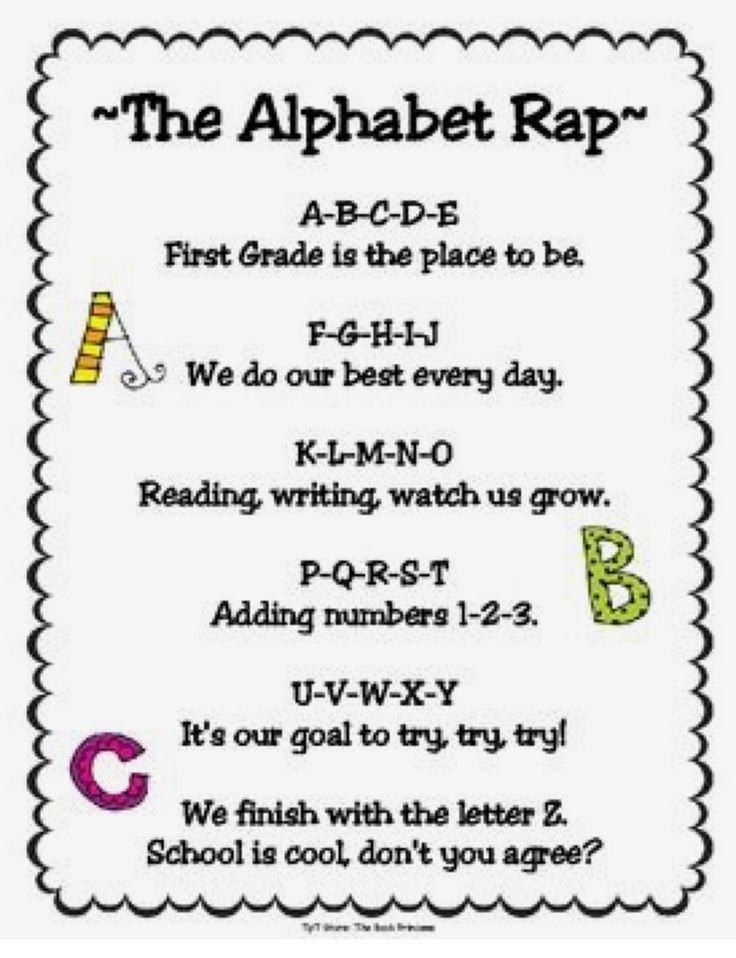 The sheet is folded so that the head is not visible, but so that the torso can be completed.
The sheet is folded so that the head is not visible, but so that the torso can be completed.
Then the participants exchange their sheets (if there are more than two participants - clockwise) and each in a new sheet continues to draw his intended creature - a torso with arms.
The paper is folded over again and passed around. Participants draw legs. Then, in turn, open all the sheets. The result is very unusual creatures.
Optimal: 4 - 5 players and the creature is divided respectively into 4 - 5 parts for drawing (i.e., for example, head, torso to the waist with arms, torso from the waist and legs to the knees, legs from the knees).
Ha-ha and hee-hee
The conditions are quite simple: the first player says "ha" loudly, the second "hee" and so on in a circle. When the turn reaches the first player again, he says "ha-ha", the second player "hee-hee". And so with each circle, one syllable "ha" and "hi" is added. The more repetitions, the faster the pace of the game.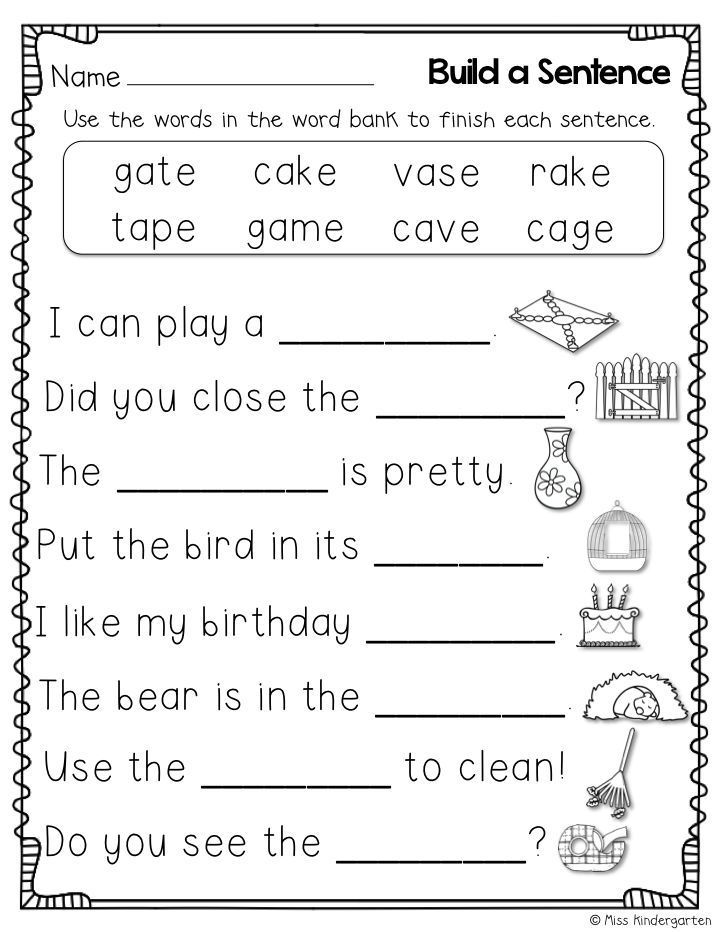
After a while, the game turns into a general merry laughter, and along with “ha-ha” and “hee-hee”, “ho-ho”, “he-he” and other funny sounds are heard.
Laughter
Before the start of the game, a leader is chosen, he is given a handkerchief in his hands. The rest of the children stand around the leader. The host throws the handkerchief high, the players should start laughing. As soon as the handkerchief touches the floor, you need to abruptly shut up.
As practice shows, it is at this moment that one really wants to laugh. And if one starts laughing, then others pick up.
What funny games for kids does your child play?
Fun games with kids at home: 22 ideas
We have all recently seen that a family can be stuck at home for a long time, and a child can be left without communication with peers. How to make the faces of the household do not become sadder day by day? Find at least half an hour for a fun game.
Kidpassage has collected family games that do not require special equipment.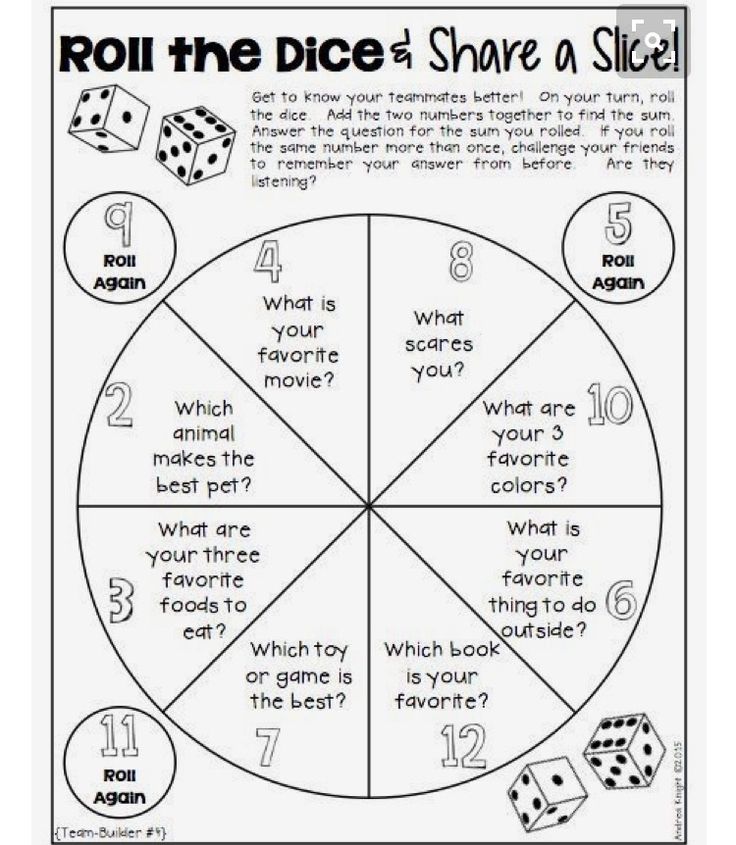 You can play some of them with your child when you are preparing dinner or when you want to lie in bed longer in the morning, and the child has already come running to communicate. Others will require more activity - but all will drive away boredom.
You can play some of them with your child when you are preparing dinner or when you want to lie in bed longer in the morning, and the child has already come running to communicate. Others will require more activity - but all will drive away boredom.
Contents:
- Games for children 2-4 years old
- Games for children 5-8 years old
- Games for children 9-12 years old
- Games with parents
- Games from books
- Competitions
Games for children 2-4 years old
To develop a child, it is not necessary to sit with a set of geometric shapes and a book about colors. You can fool around together and be pleasantly surprised when you notice new skills in your baby.
1. Mirror
One player shows movements or grimaces, and the second tries to repeat them simultaneously and exactly. It gets even funnier if both players look in a real mirror at the same time.
2.
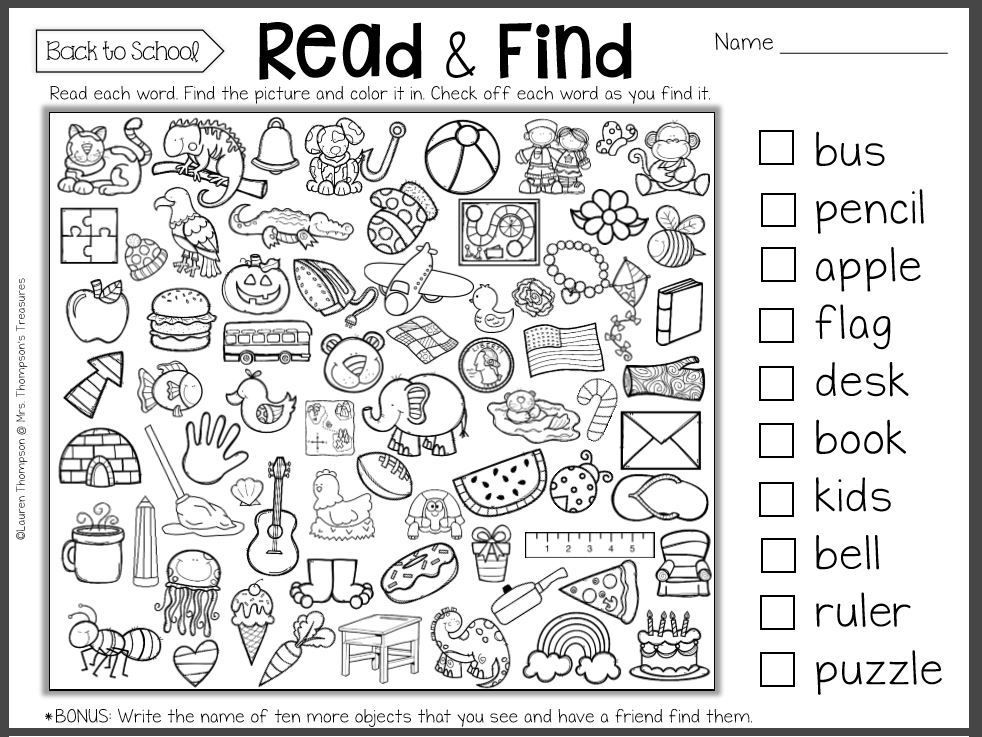 A worm and an apple
A worm and an apple You need a real apple, and a child will become a worm. He will need to sit on the floor and, pulling himself up with his legs, get to the apple. Parents can also participate, only for fairness, the distance that they have to crawl needs to be increased.
3. Feather
Players sit around a table with a feather (a cork, piece of tissue or cotton will also work). You need to blow on the feather, driving it towards the opponent. You can make the floor a training ground for the game, and drive a feather with a wave of any impromptu fan.
4. Home orchestra
What happens if you tap a plastic container upside down with a spoon? And if you run the same spoon over clothespins on a string? And bang on a large saucepan? Extract sounds from all the objects at hand and sing along or dance to the beat of the resulting music. If there are several children, a parent can become a conductor and manage an orchestra.
Games for children 5-8 years old
Preschoolers and younger schoolchildren already know how to do a lot, they develop a sense of humor. Who will you become in their game - leading or active players?
Who will you become in their game - leading or active players?
5. Window dressing
A well-known game can be easily simplified for a small children's company. Let the theme of the game be animals or school supplies - their names should be written on pieces of paper and put in a box. Each participant pulls the task out of the box and tries to explain to others with gestures and movements what is hidden.
6. Barrel of laughter
The rules are simple: each player thinks of a word and pronounces it in response to the host's question. No one knows the questions, the answers are random, and therefore funny. "What did you have for breakfast?" - "Grandma." “Who brings gifts to children in winter?” - "Hippopotamus".
7. Pillow fight
Two players enter the ring, marked with strips of colored tape, with pillows in their hands. The goal of each is to push the opponent out of the ring using only pillow strikes. The referee monitors compliance with the rules, he also gives a signal if the fight goes on for a while.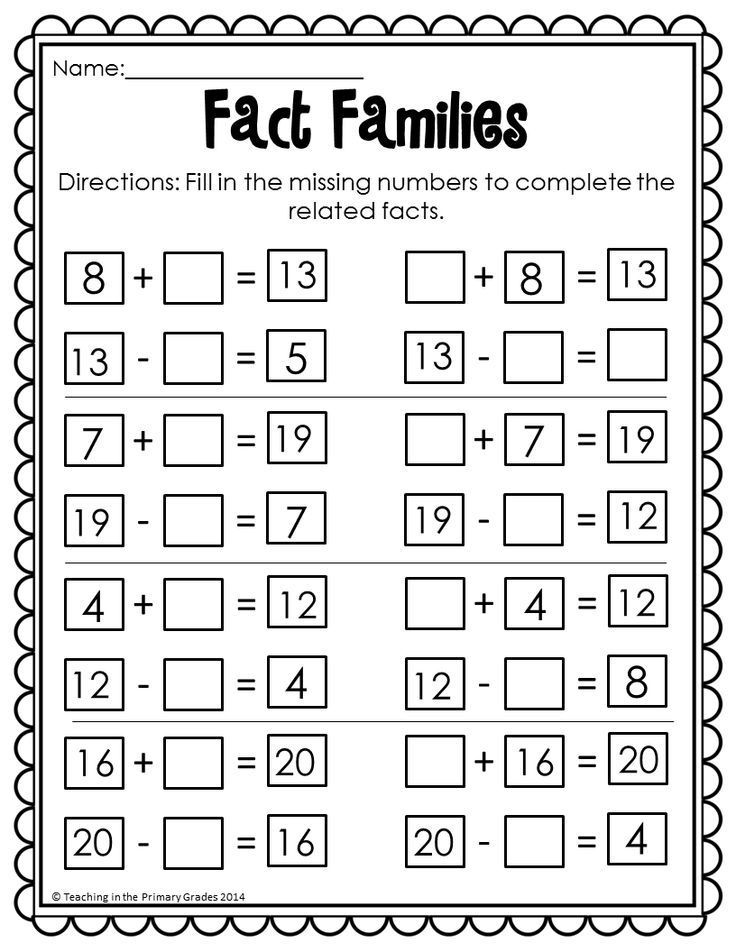 To keep the game safe, it is better to keep fragile items away and arm the players with lightweight synthetic-filled pillows.
To keep the game safe, it is better to keep fragile items away and arm the players with lightweight synthetic-filled pillows.
8. Haute Couture
For the game you will need different clothes and shoes - all this must be put in a pile. One of the players turns away from the pile, and the other players take turns picking up a piece of clothing and asking, "Where to wear this?" The turned away player names a part of the body, the rest dress according to his instructions. You can turn around when all the clothes are taken apart. You can add more fun to the game if you announce a competition for the best name for the resulting costume.
Games for children 9-12 years old
The older the children, the more complex games they can be offered. For younger students, you can simplify the rules, and even teenagers and adults will like the ingenious options.
9. Hat
This game is also known as Alias or Say Different. If there is no ready-made board game or application on your smartphone, you can write any words on pieces of paper and put them in a hat (or any container).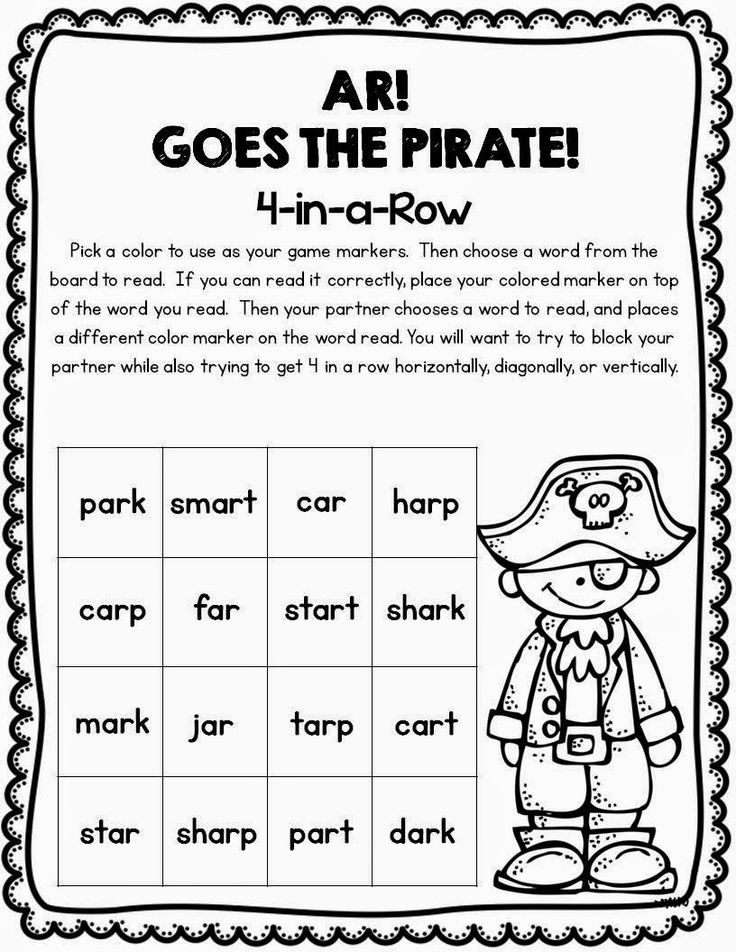 The goal of each player is to pull random words out of the hat and explain them to others so that they can guess which word it is. The winner is the one who manages to explain as many words as possible in a minute.
The goal of each player is to pull random words out of the hat and explain them to others so that they can guess which word it is. The winner is the one who manages to explain as many words as possible in a minute.
10. Twister
Colored circles are a polygon to show speed of reaction and flexibility. The presenter spins the arrow on the scale with markings and announces what the arrow has shown, for example: “Right foot on red!” Players must complete the command as soon as possible. With each move, the situation becomes more complicated, and in the end someone falls, dragging the others with them. A ready-made set for this game is for sale, but the color fields can be marked on the floor or fabric on your own, and the determination of which color to put your hand or foot on is entrusted to pieces of paper with inscriptions or an application.
11. Danetki
The facilitator tells the end of a story, and the players must ask him questions to understand what happened at the beginning.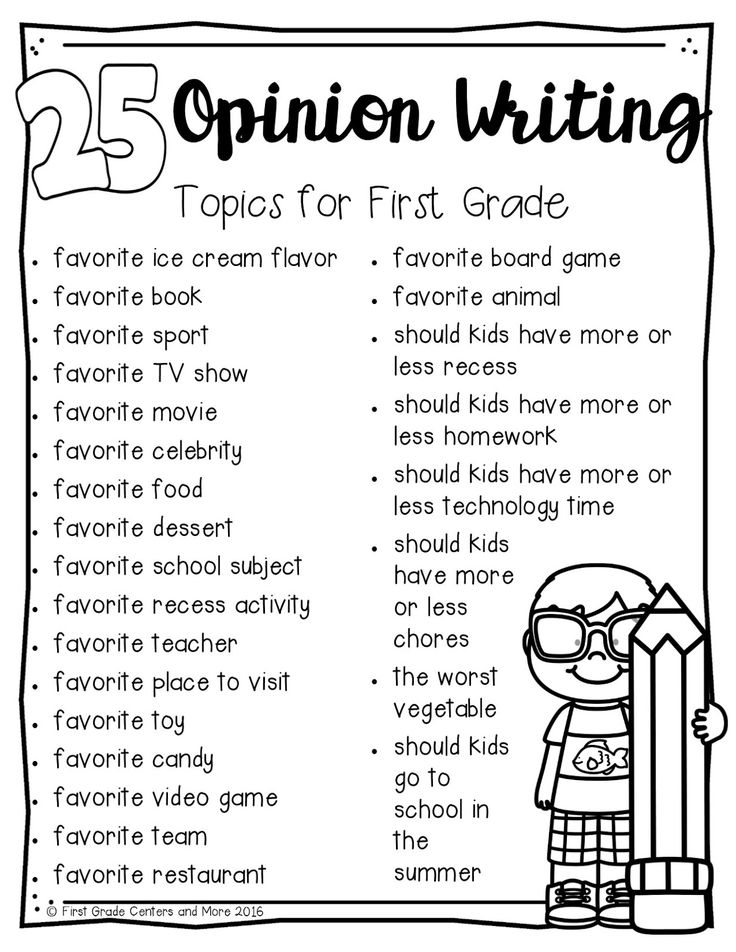 The ending usually sounds paradoxical, and questions should be such that they can only be answered with "Yes", "No" or "Unknown". Ready-made stories can be found on the Internet, and then, having got the hang of it, compose it yourself.
The ending usually sounds paradoxical, and questions should be such that they can only be answered with "Yes", "No" or "Unknown". Ready-made stories can be found on the Internet, and then, having got the hang of it, compose it yourself.
12. I'm going to the sea…
The facilitator thinks of some pattern - for example, words that end in a vowel. Then he tells the players: "I'm going to the sea and I'm taking my cap with me (chooses a word that matches the pattern)." The rest of the players take turns saying: “I am also going to the sea and taking it with me ...” - and then they pick up different words, trying to calculate the pattern. If the word fits, the host tells the player: “You are going to the sea”, if not, “You are not going to the sea”.
Games with parents
There are children's activities in which parents become active participants. In such games, new talents are discovered, and trust between family members is also strengthened.
- A selection of resorts for families with children
13.
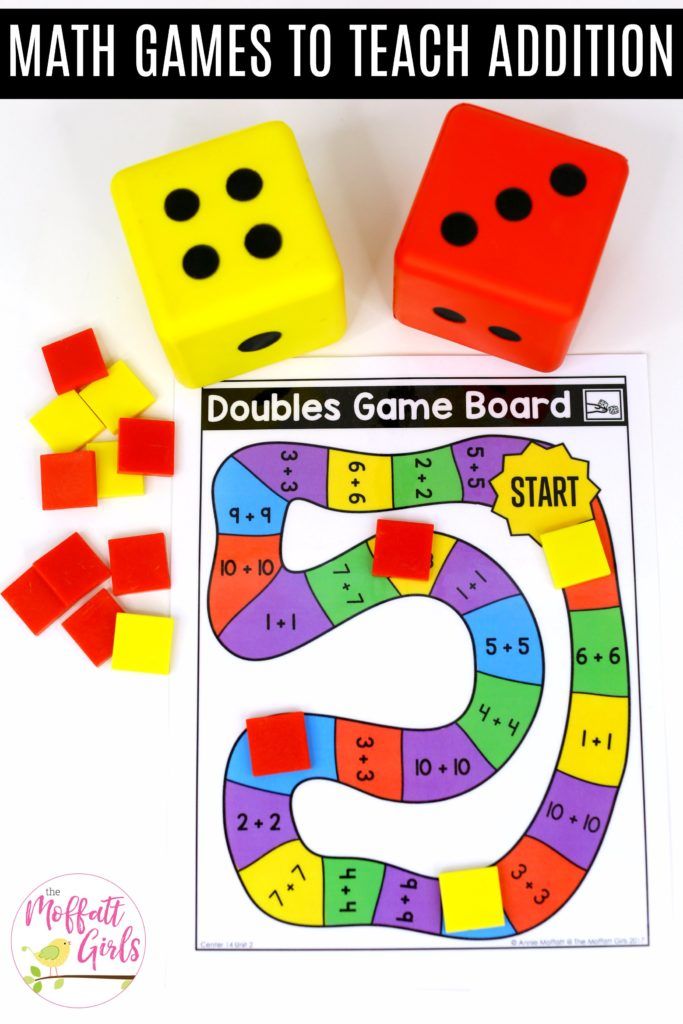 Family Canvas
Family Canvas Large sheet of paper (even a piece of smooth wallpaper will do), pencils and felt-tip pens - that's all you need for the game. Sit at a table or on the floor and start painting the big picture. For example, draw a dream house in which everyone will depict their own room and add something important to those places where the whole family gathers - the kitchen or living room.
14. Soap stories
To start the game, you need to dissolve food coloring or gouache in a small amount of water, and then add dishwashing liquid. Beat the foam by blowing into the solution through a straw, and then touch the bubbles with a piece of paper. Think with your child what the print looks like and draw the necessary details. You can just sprinkle paint on the sheet, fold the paper in half, then unfold it and think about what the resulting blots look like.
15. Fanty
An adult writes fun tasks on pieces of paper and puts them in a box. Children take turns pulling out pieces of paper and doing what is written there: for example, they read poetry in a squeaky voice or draw a picture with their eyes closed. In games with older children, all participants can write tasks - with the risk that their own phantom will fall out to them.
In games with older children, all participants can write tasks - with the risk that their own phantom will fall out to them.
16. Swings
A game for toddlers, which even older children sometimes like to play. The child lies down on the blanket, the parents take the blanket by the corners and swing it.
- Best entertainment for kids
Games from books
Reading is also a good option for family leisure. And how many times have children imagined themselves as characters in books! But in books you can still find descriptions of children's games that have been forgotten over time.
17. My love is called A…
The game played by the characters of Lewis Carroll's Alice Through the Looking-Glass was popular in Victorian England. Its goal is to compose a story according to a given scheme, filling in the gaps with words for one letter. One of the schemes is as follows: “My love is called on ... I love him because he .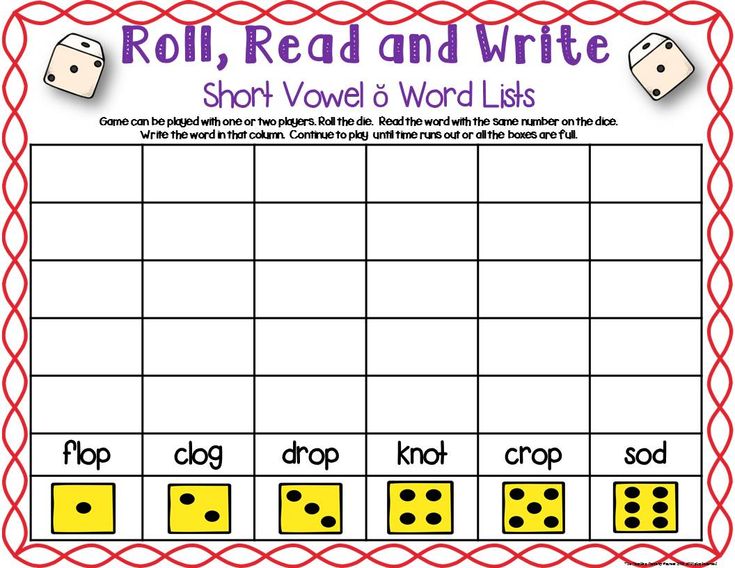 .. I am afraid of him because he ... I feed him ... He lives in ... ". The answers may be out of place: Alice, whose love in the game was called Z, fed her casseroles and splinters.
.. I am afraid of him because he ... I feed him ... He lives in ... ". The answers may be out of place: Alice, whose love in the game was called Z, fed her casseroles and splinters.
18. Don't step on the floor
Pippi Longstocking from Astrid Lindgren's book taught her friends Tommy and Annika this game. Players need to go around the room without going down to the floor. You can move around furniture, build transitions from suitable objects, jump from place to place. Tommy and Annika got very dirty during the game - but they played in an untidy kitchen with an oven.
19. Peepers
Leo Kassil described the fun popular in pre-Internet times in the book “Konduit and Shvambrania”. Two players sit opposite each other and look into the eyes, trying not to blink or laugh. The one who blinked, looked away or laughed is considered the loser. Agree whether during the game you can make faces and try to incapacitate your opponent in other ways.
- Best hotels for families
Competitions
Some children love to compete and win.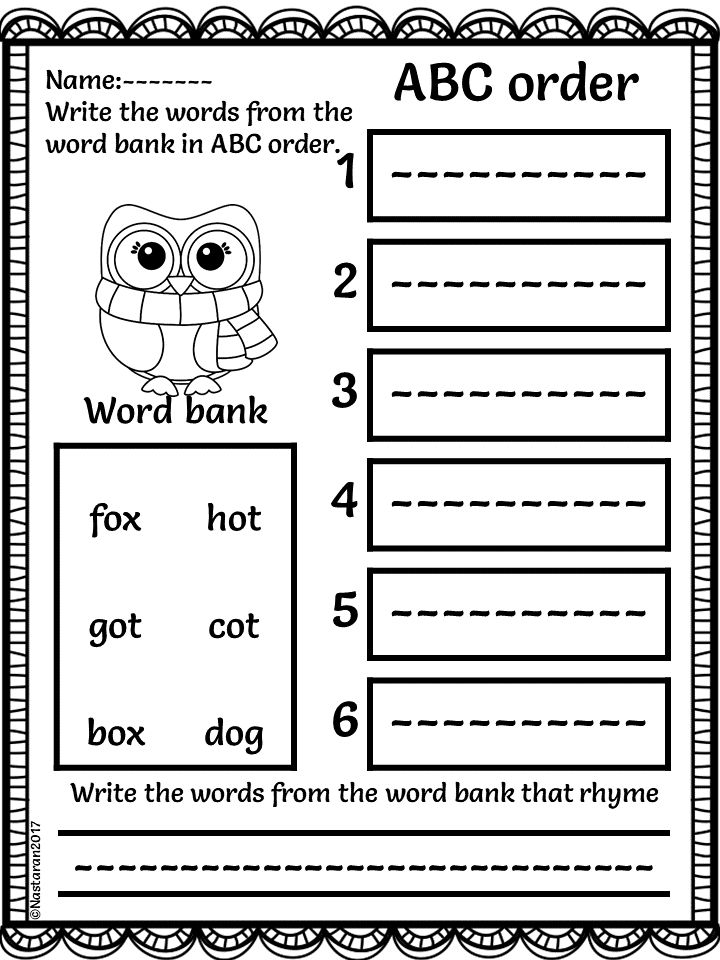 Compete with the whole family - even the struggle for an individual victory can unite.
Compete with the whole family - even the struggle for an individual victory can unite.
20. Tongue without bones
Who, without stuttering even once, is the fastest to say “Karl stole the corals from Clara, and Clara stole the clarinet from Karl”? Tongue twisters develop diction well, but at first all participants laugh at their own attempts to pronounce complex combinations of sounds.
21. Life on other planets
You will need balloons according to the number of participants - these will be uninhabited planets. All participants populate their balls by drawing on them with markers. There can be several awards at once: for the most densely populated planet, for the most beautiful alien, for convenient infrastructure (will someone draw roads, shops and kindergartens?).
22. Sell an elephant
Why do only parents convince children that broccoli is healthy and a scarf is necessary? Give each member of the family an item, and let everyone try to convince others how important this item is and how it can be used for other purposes.